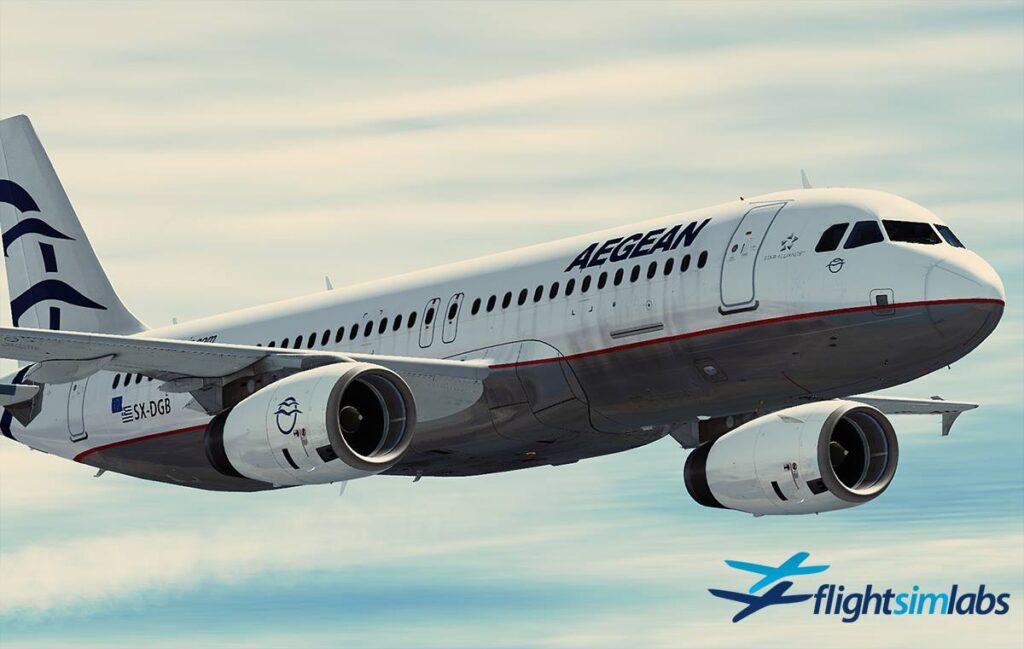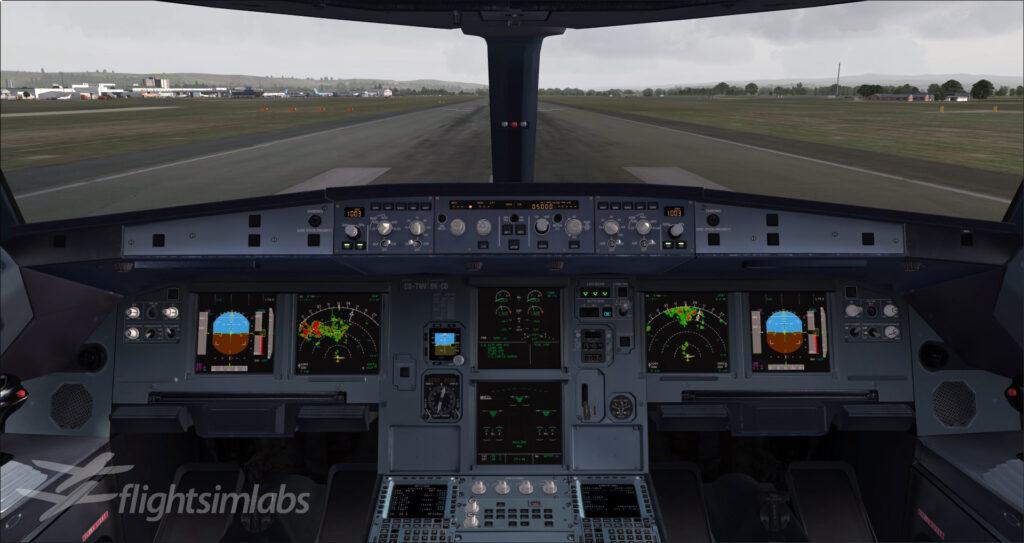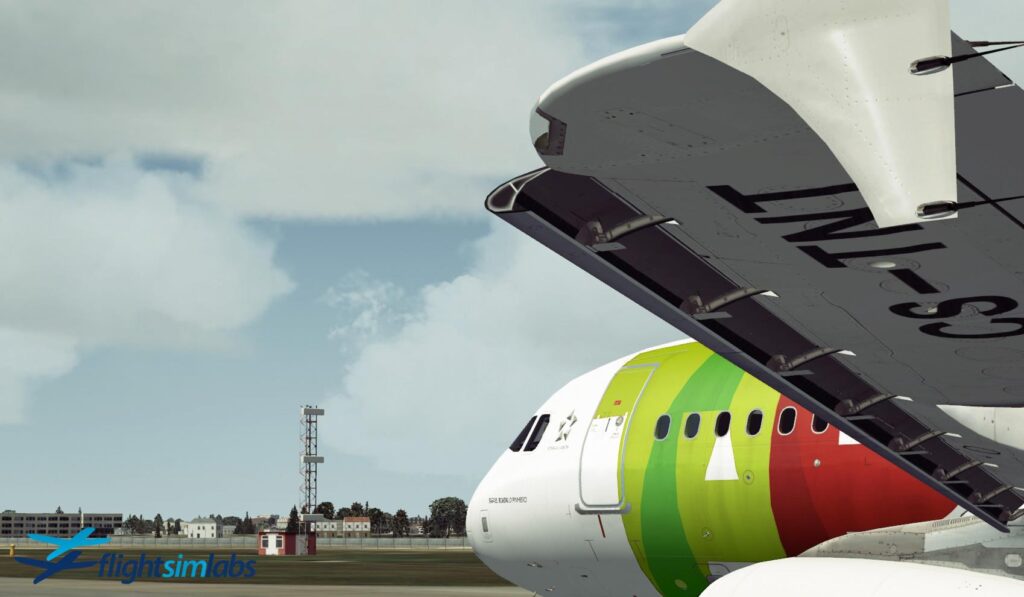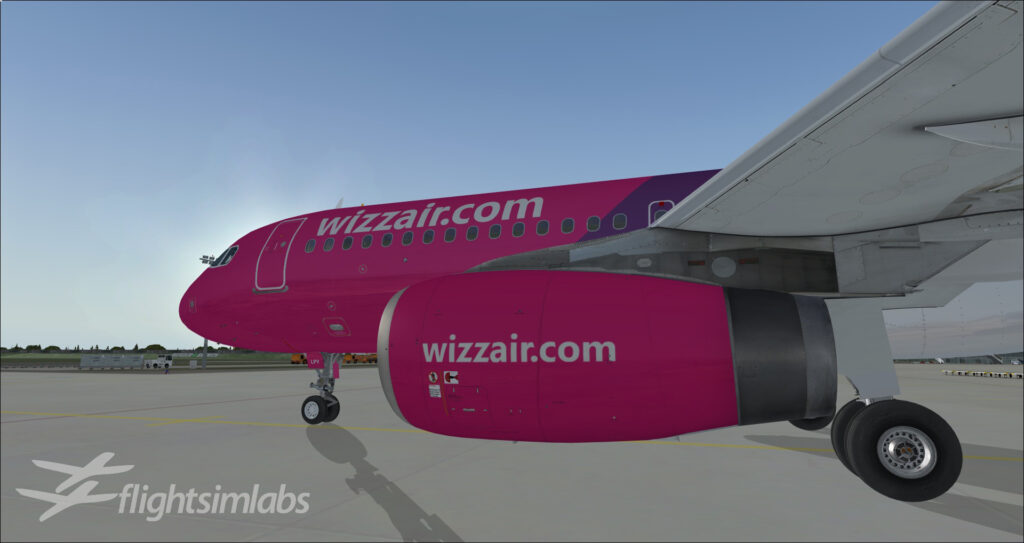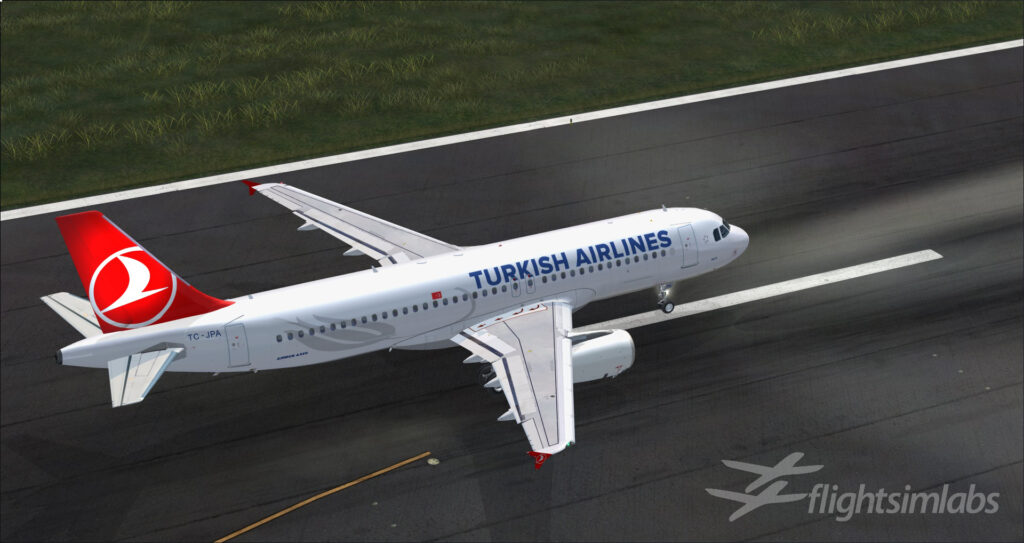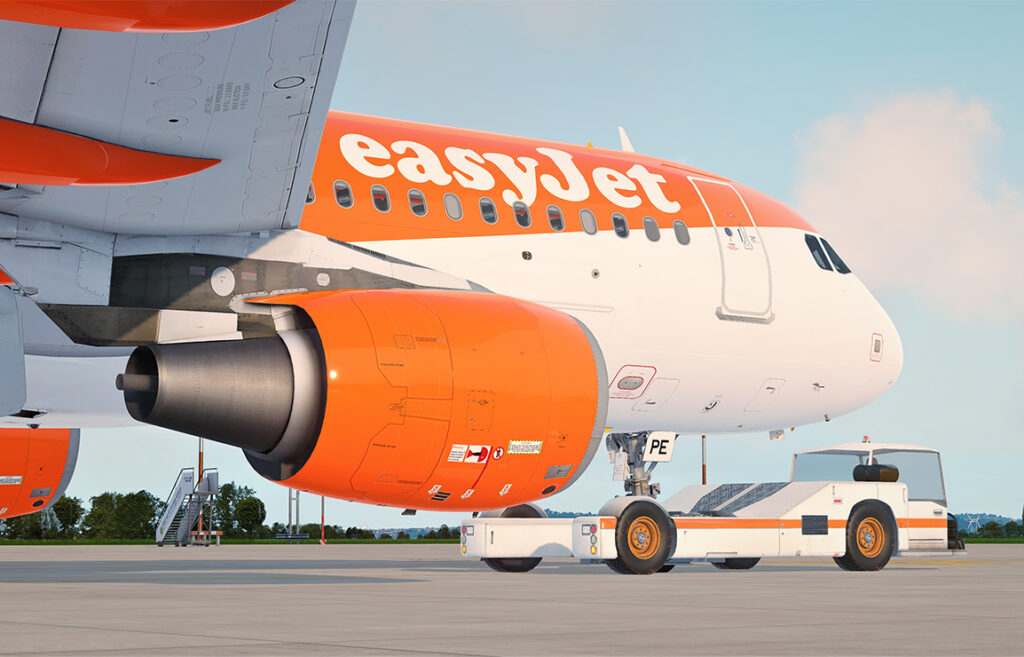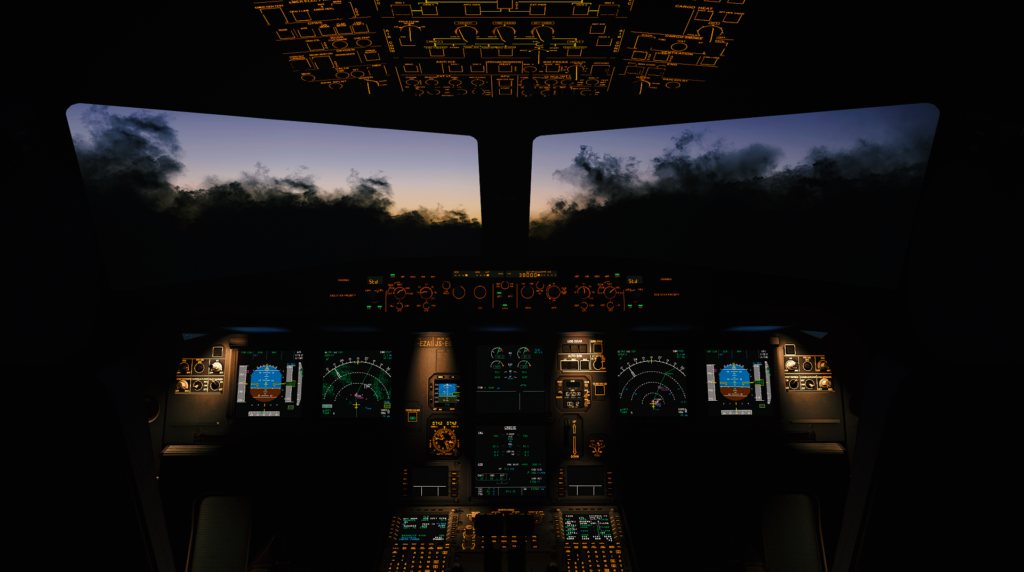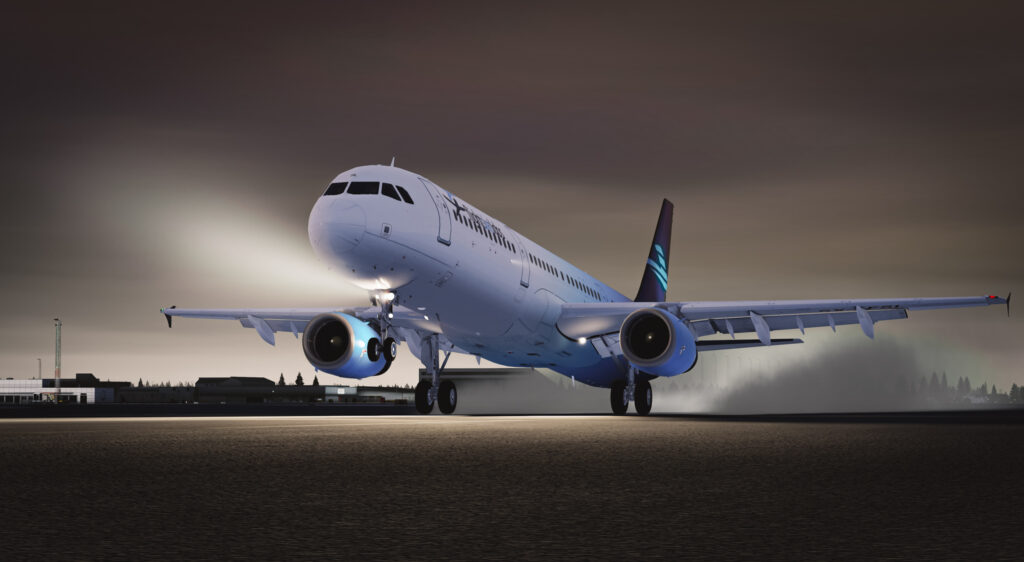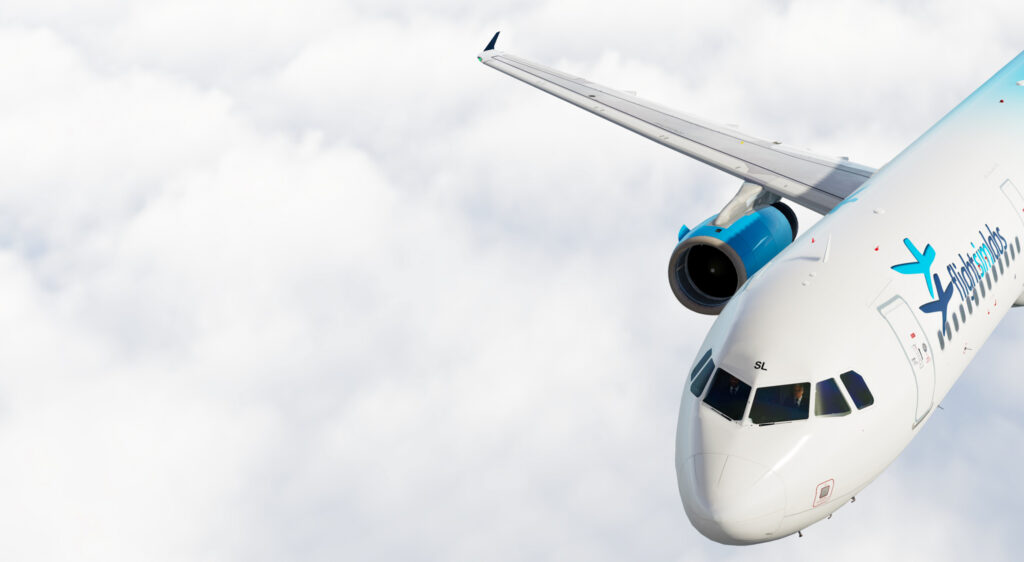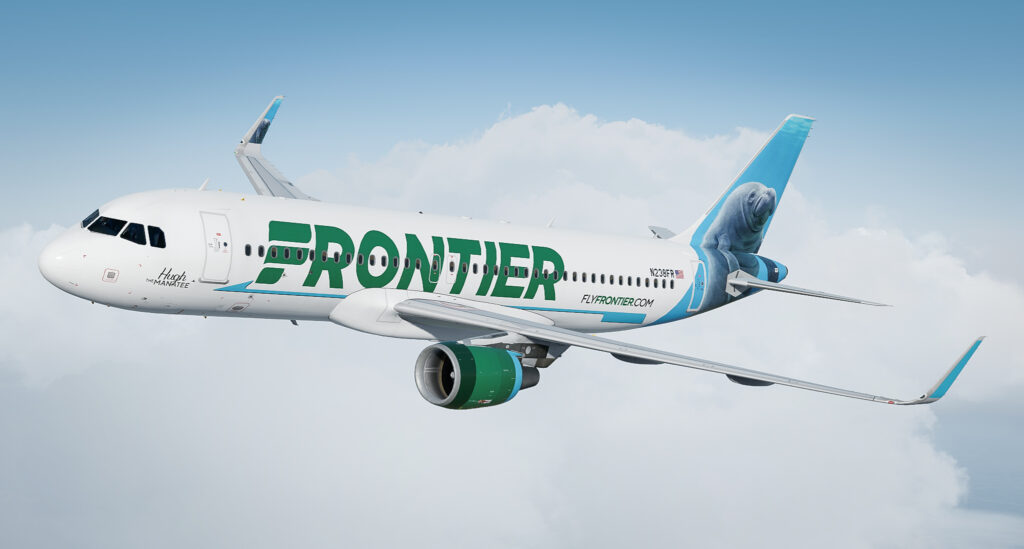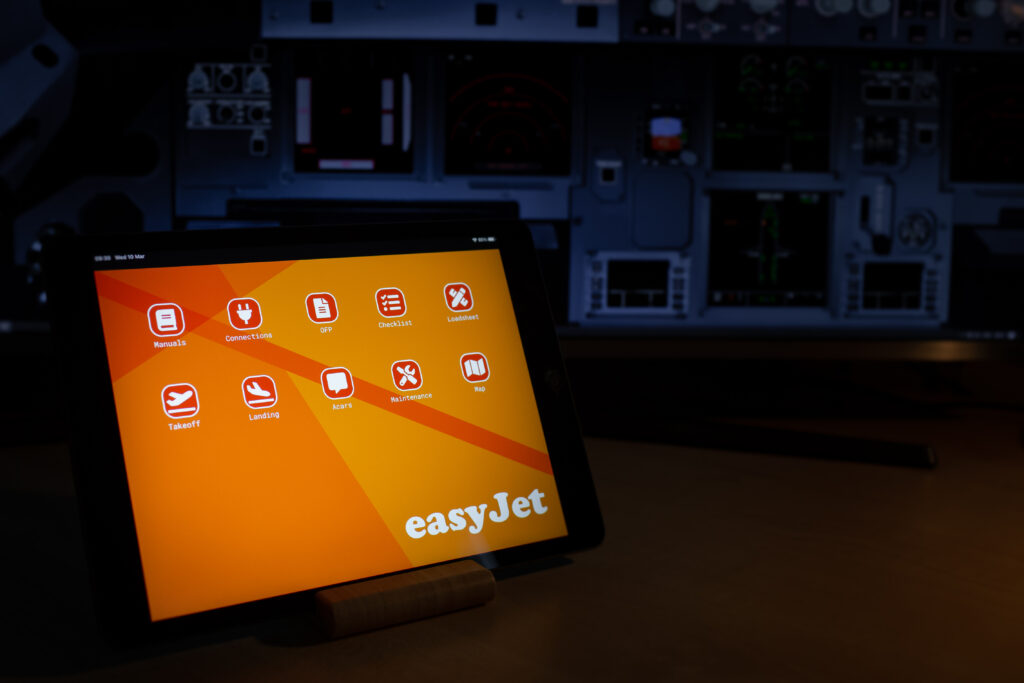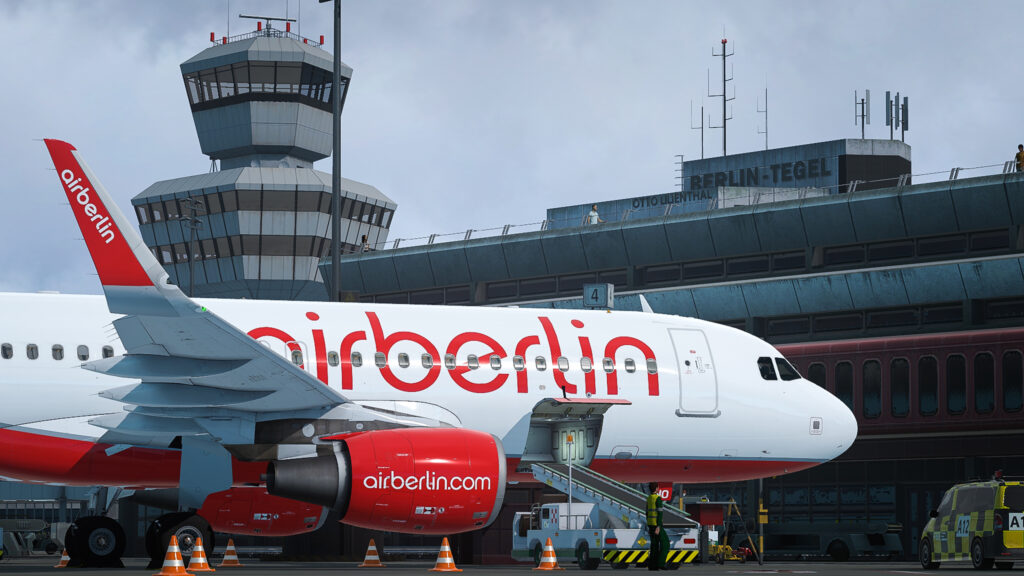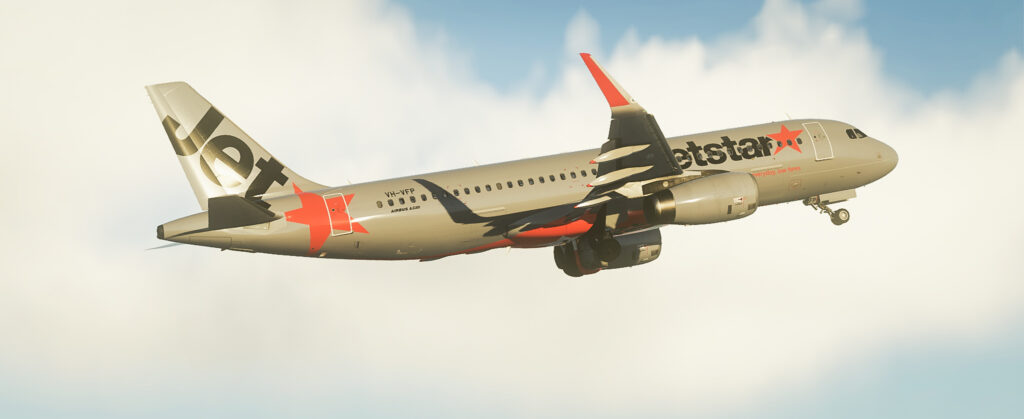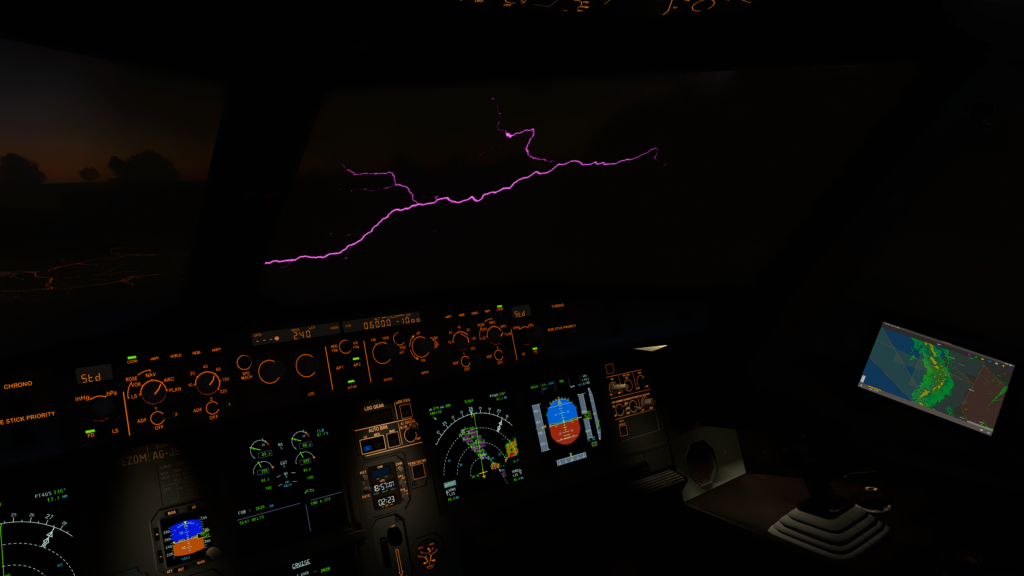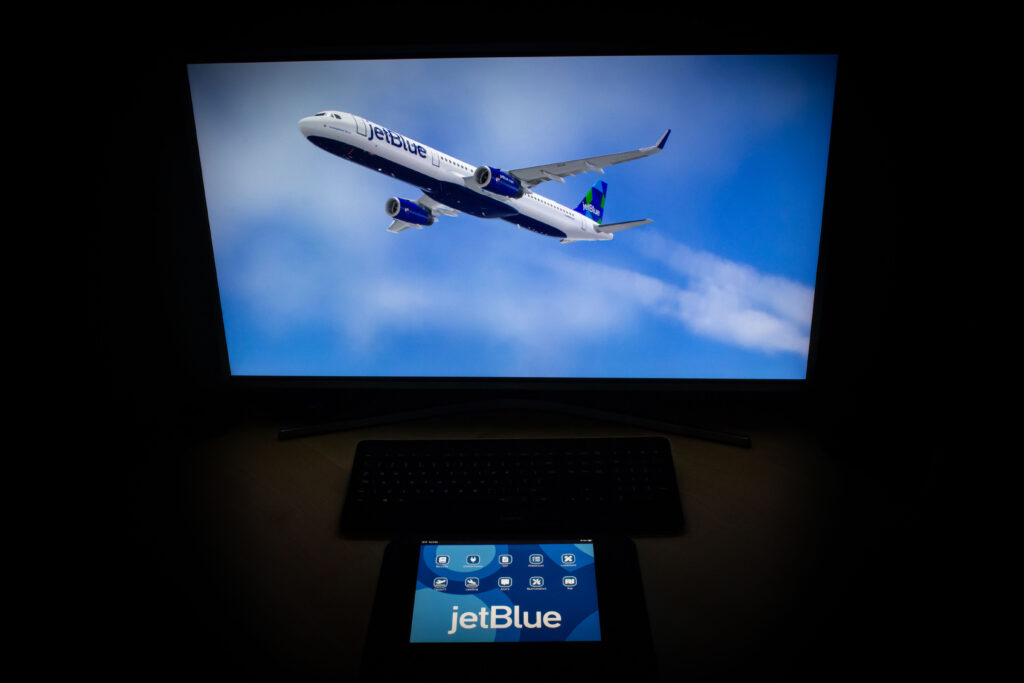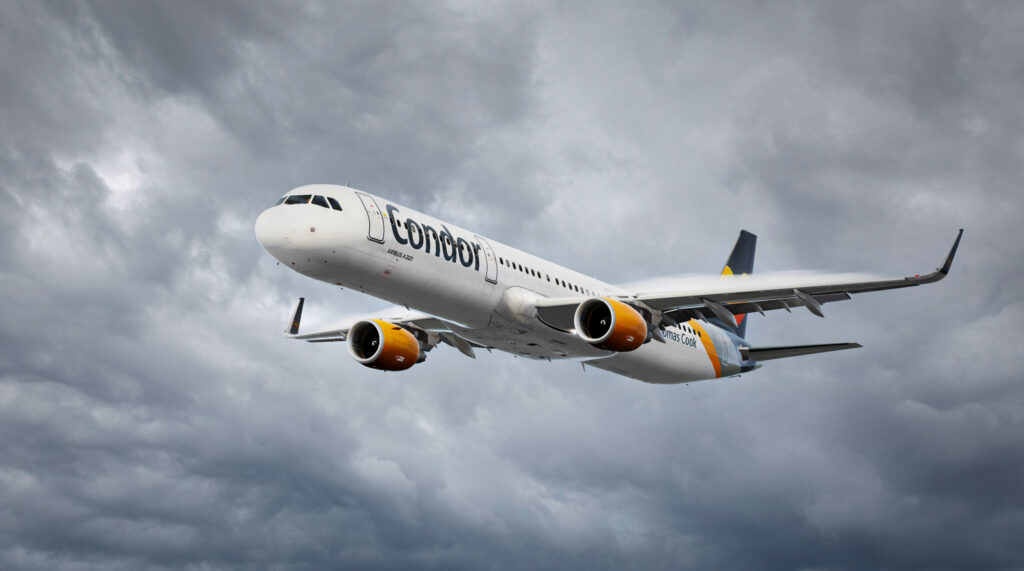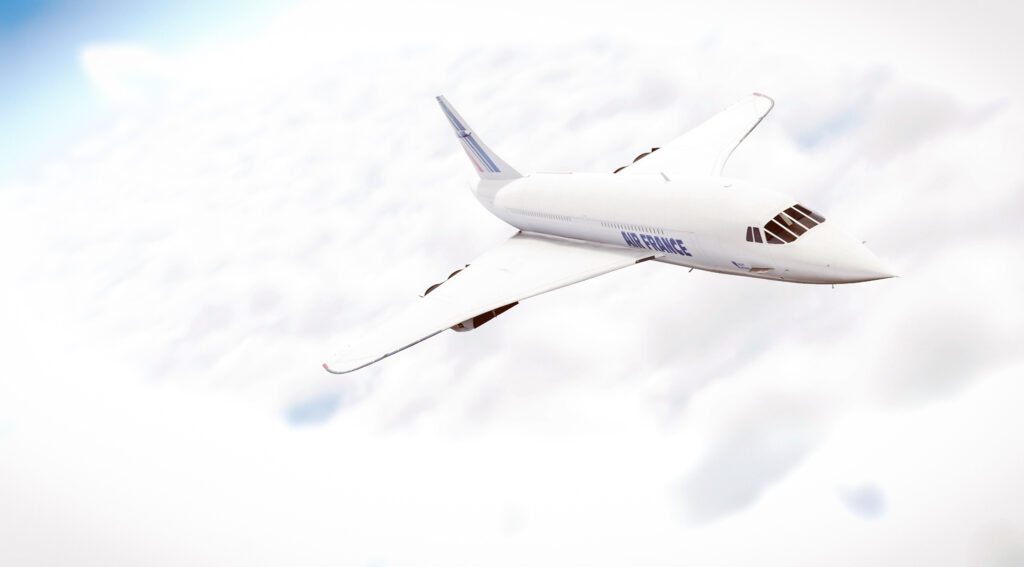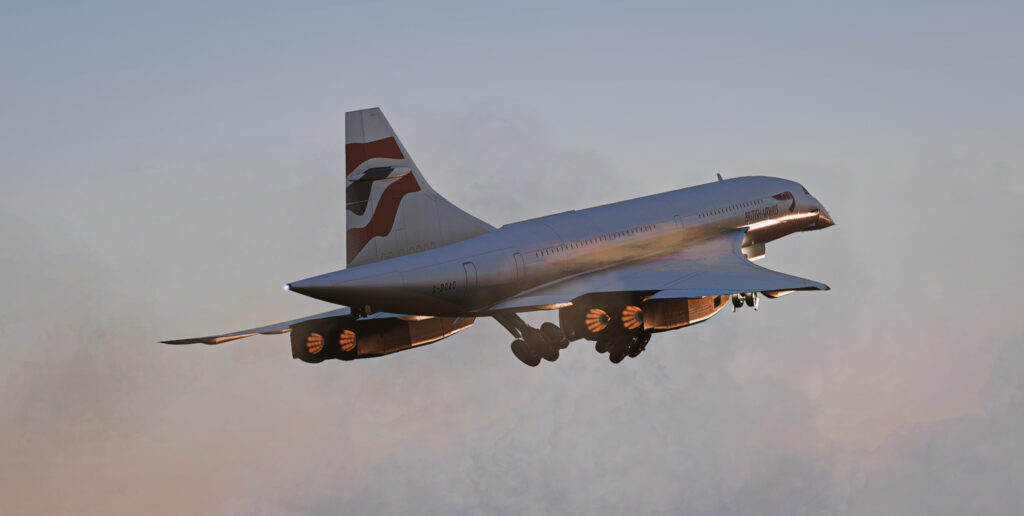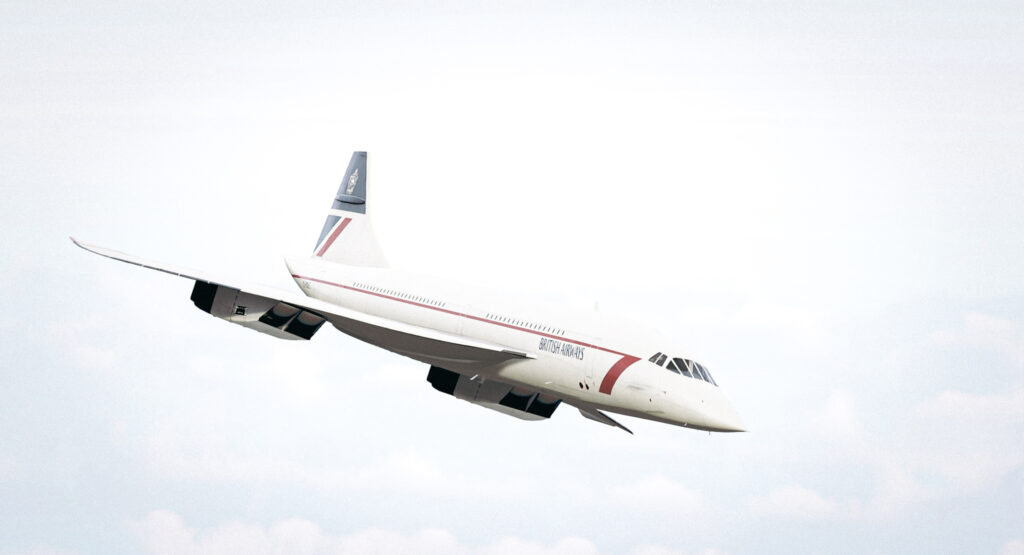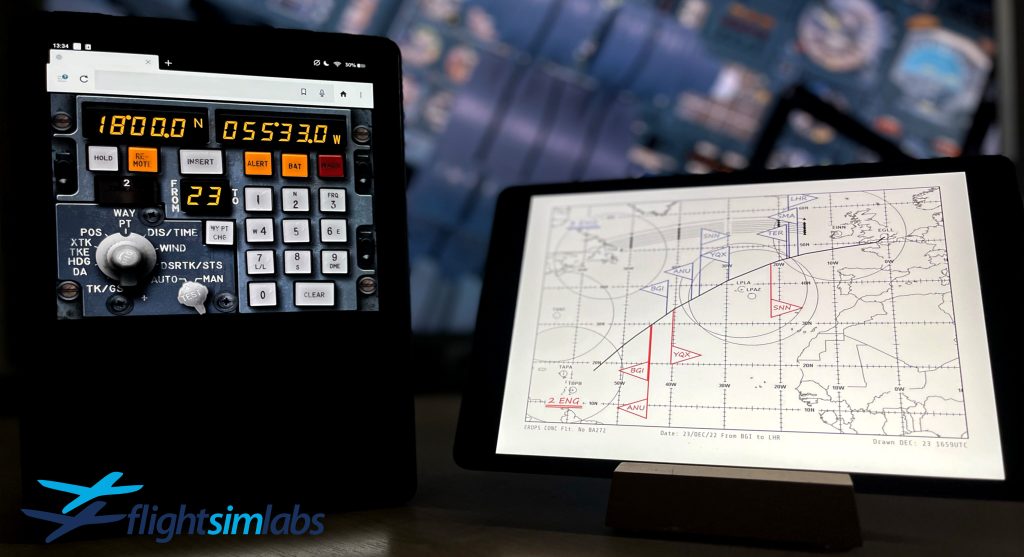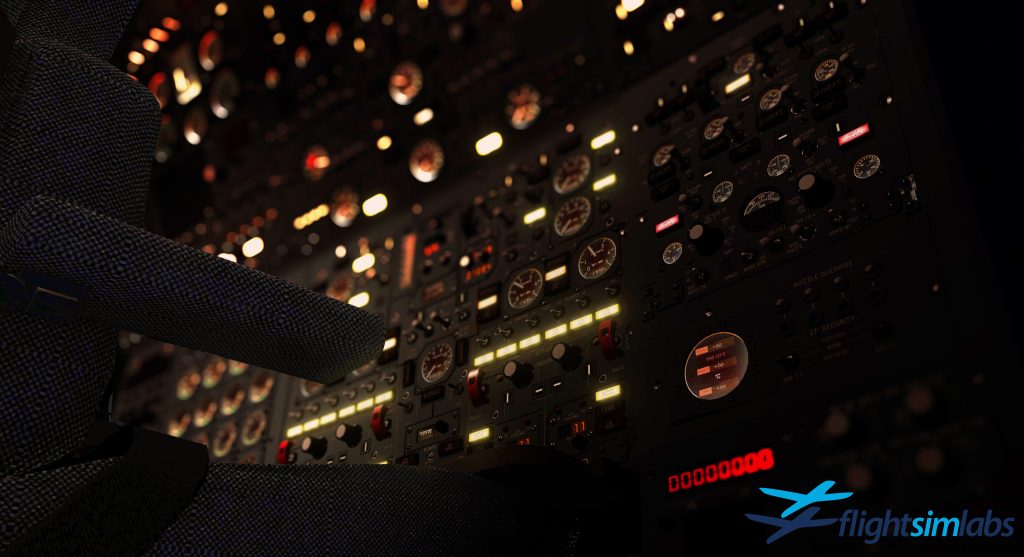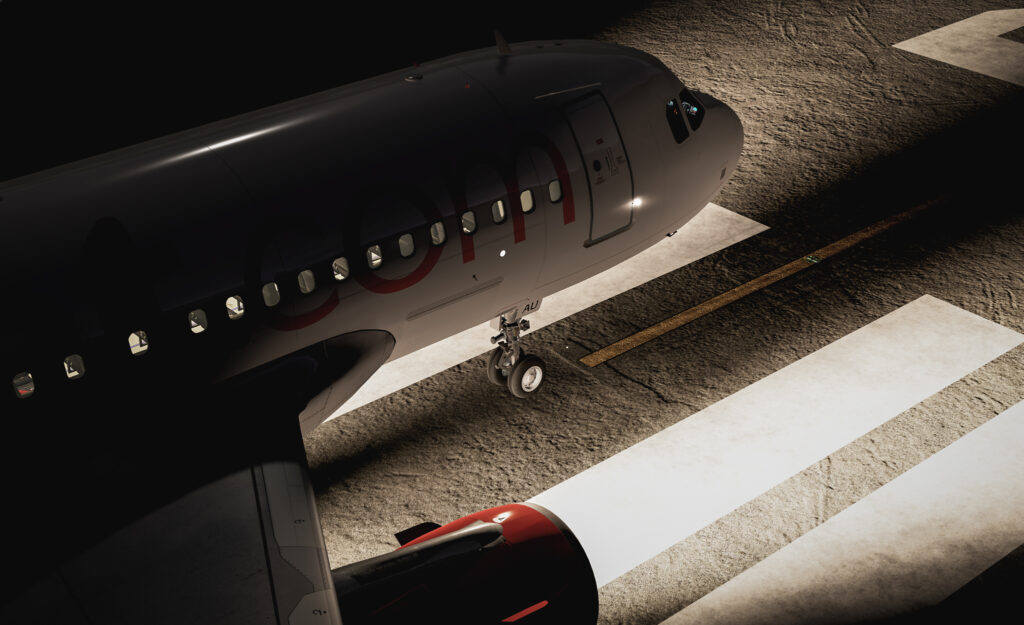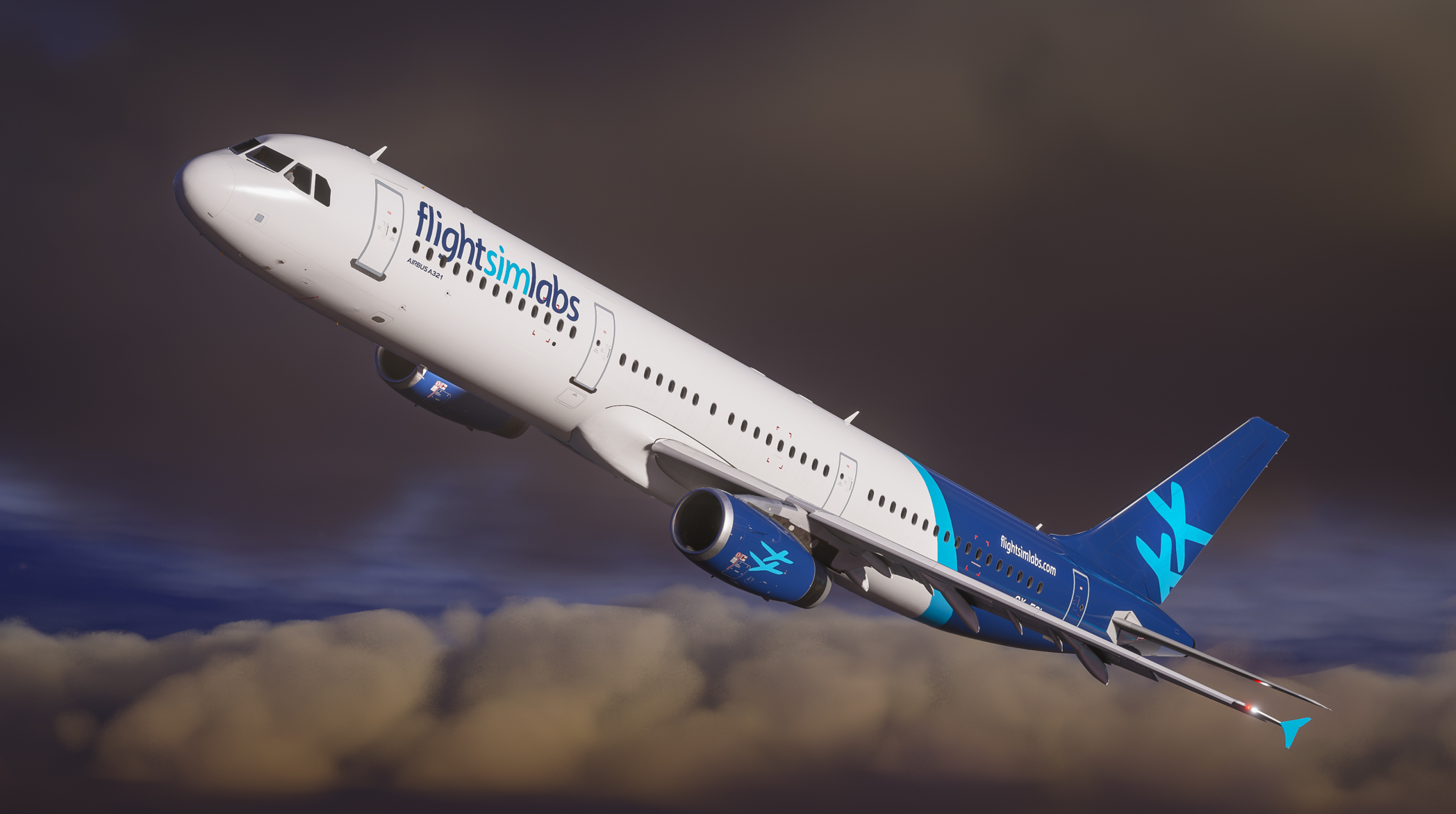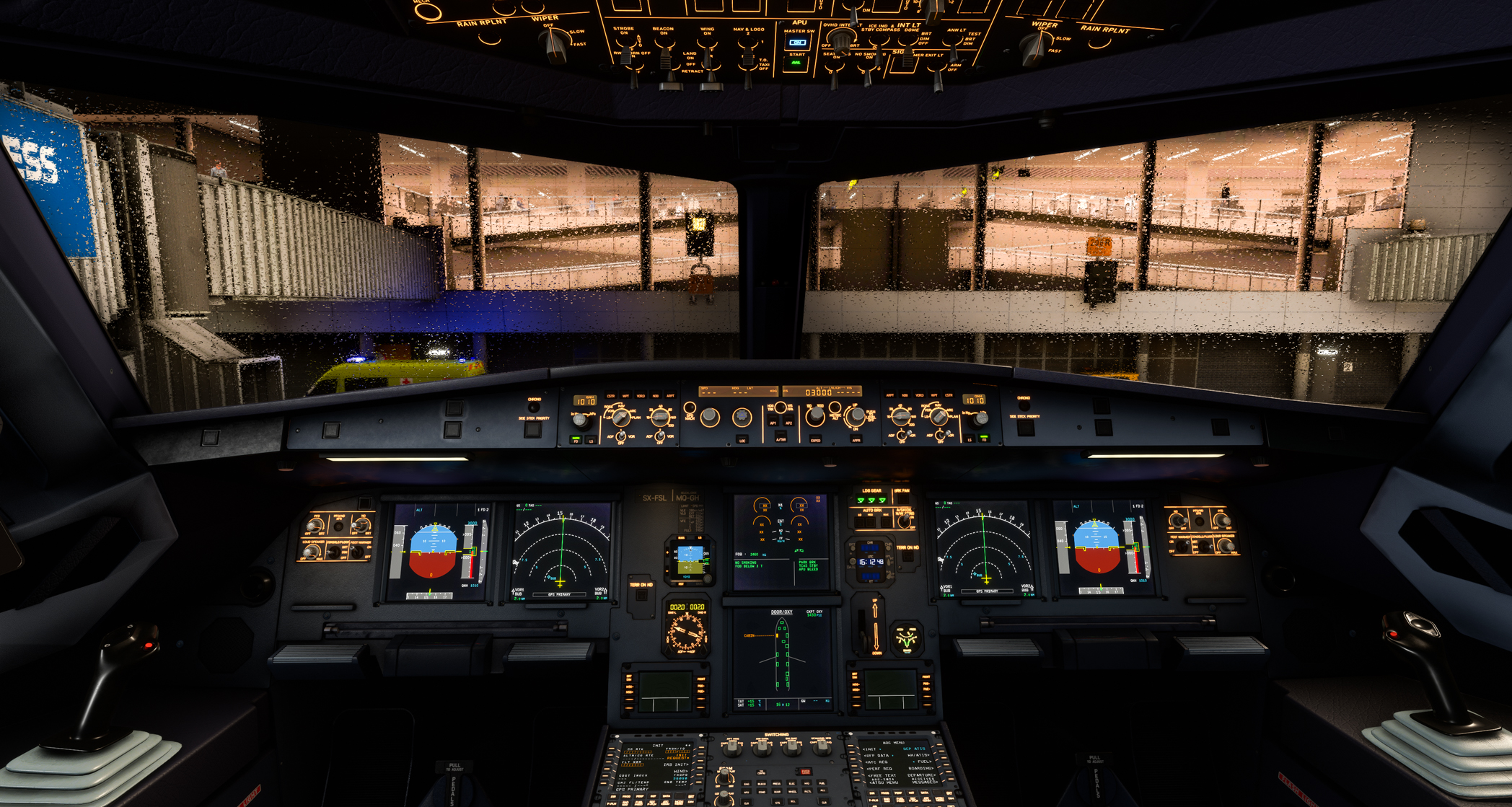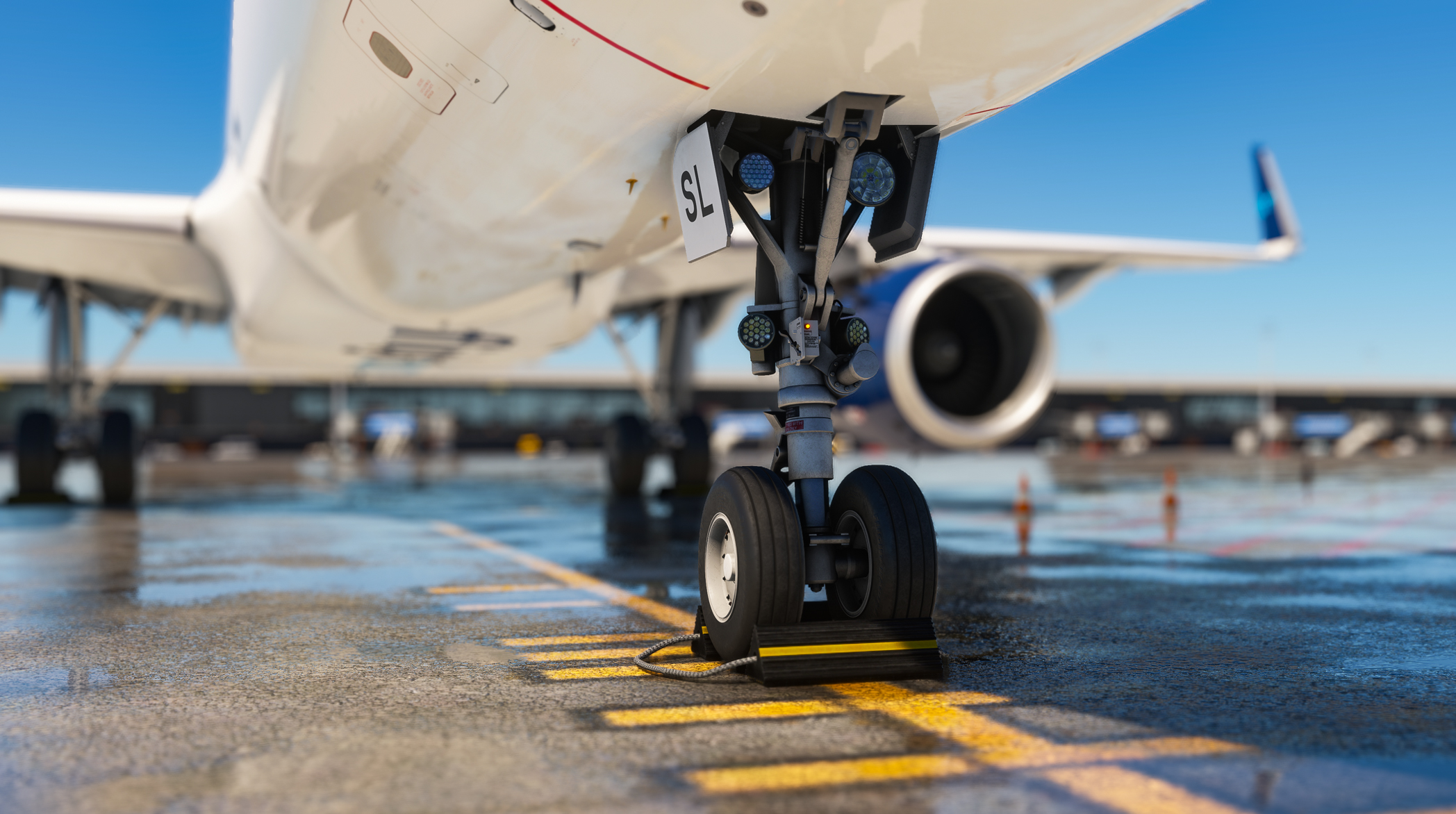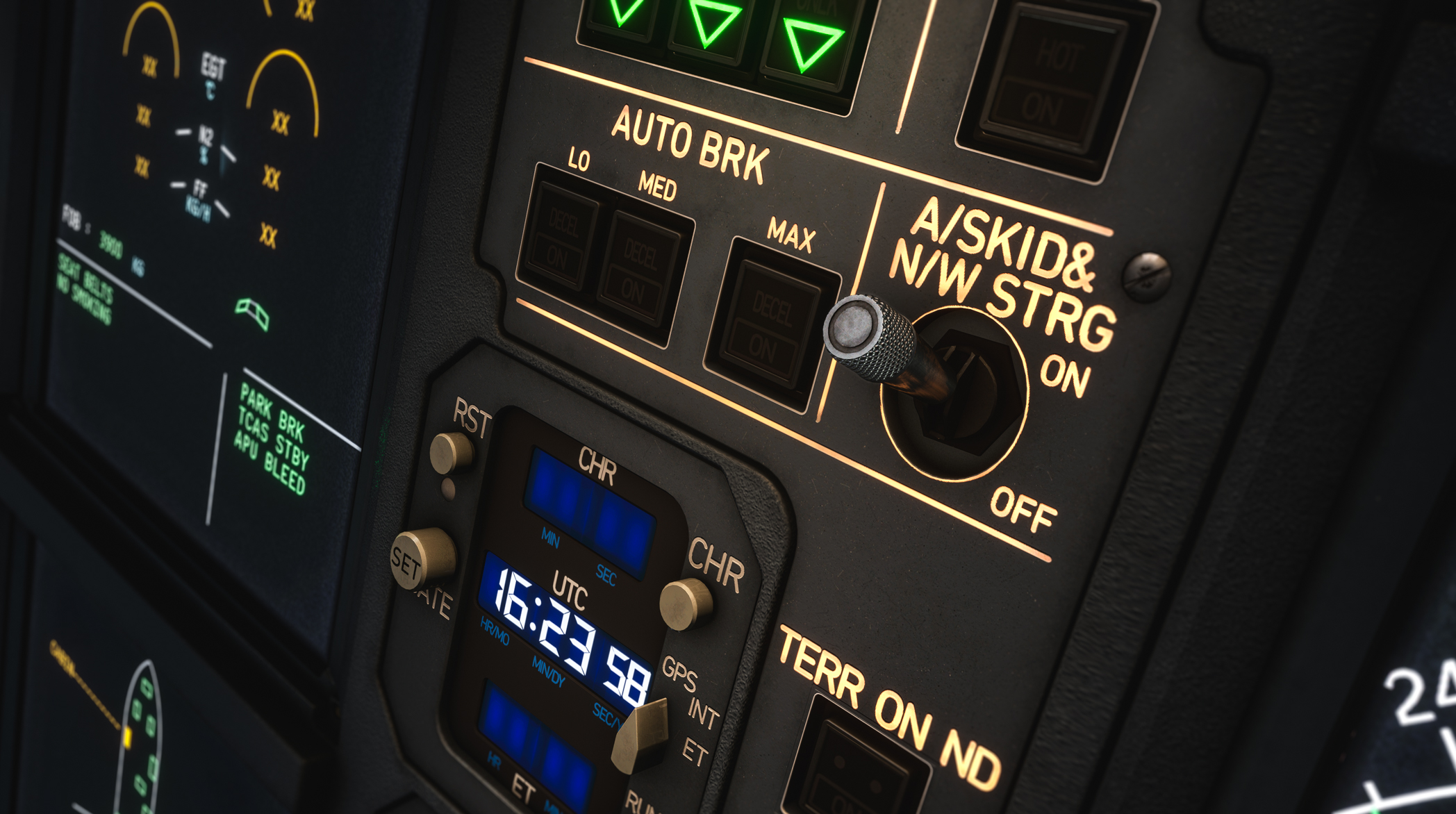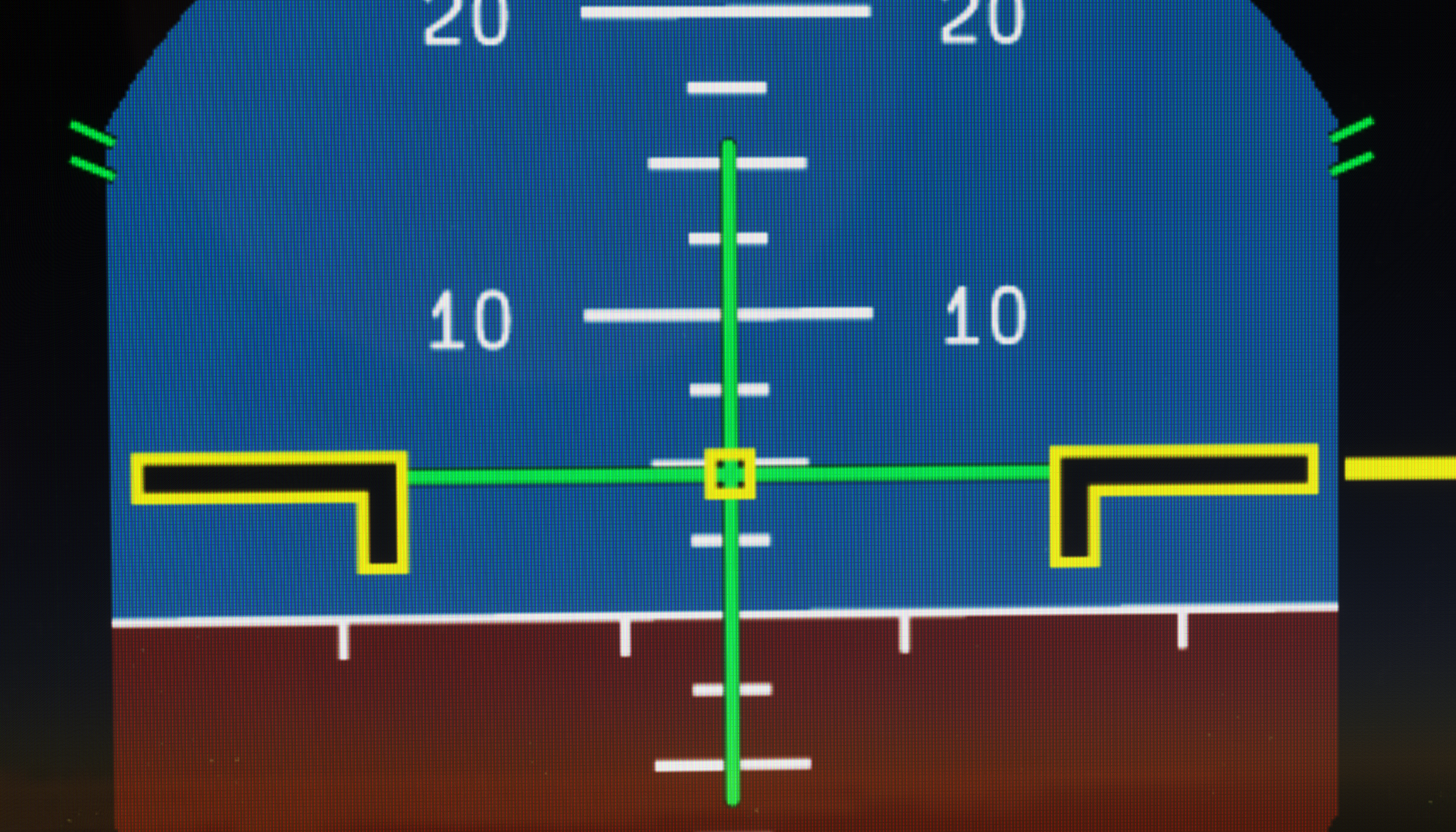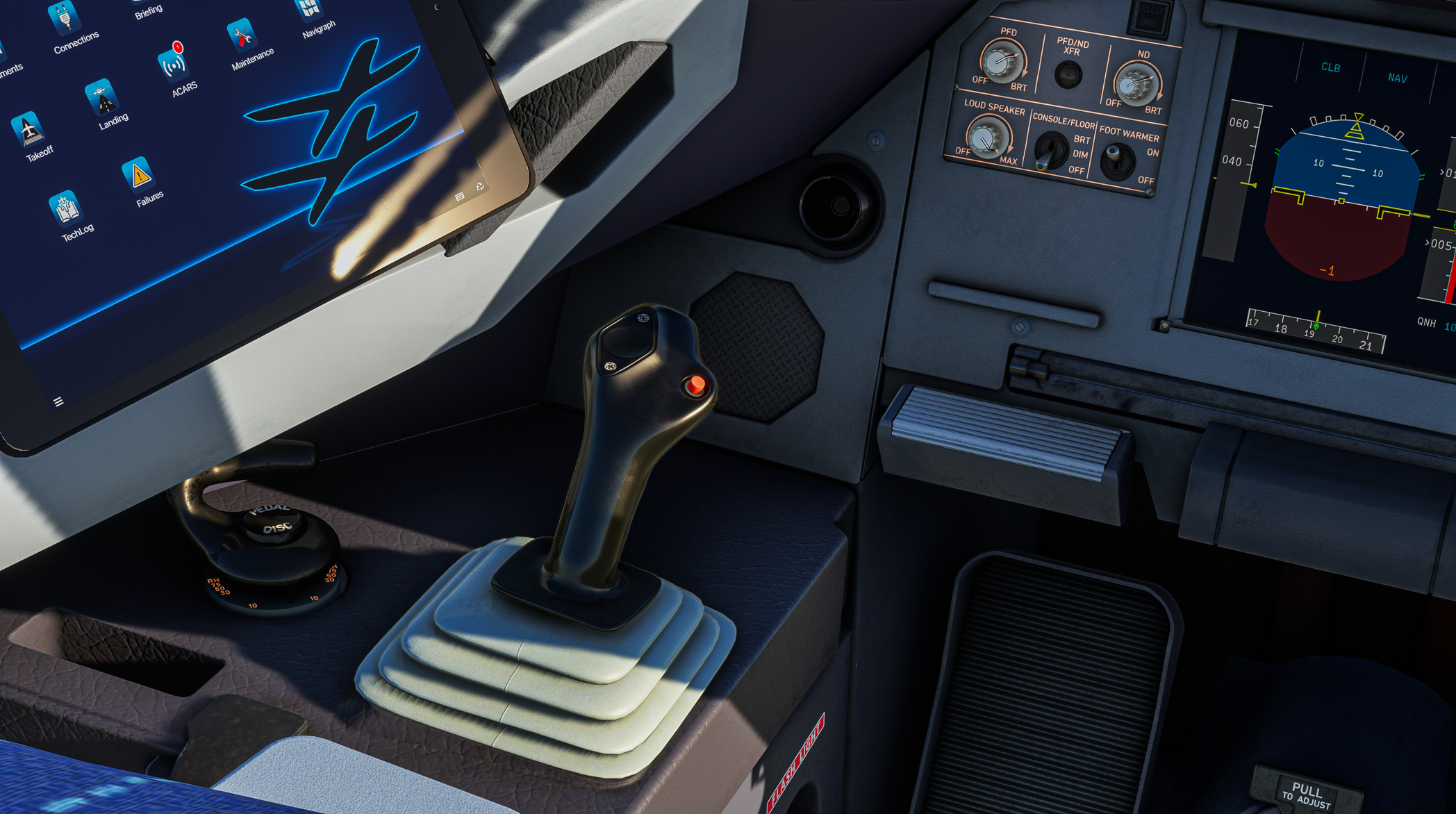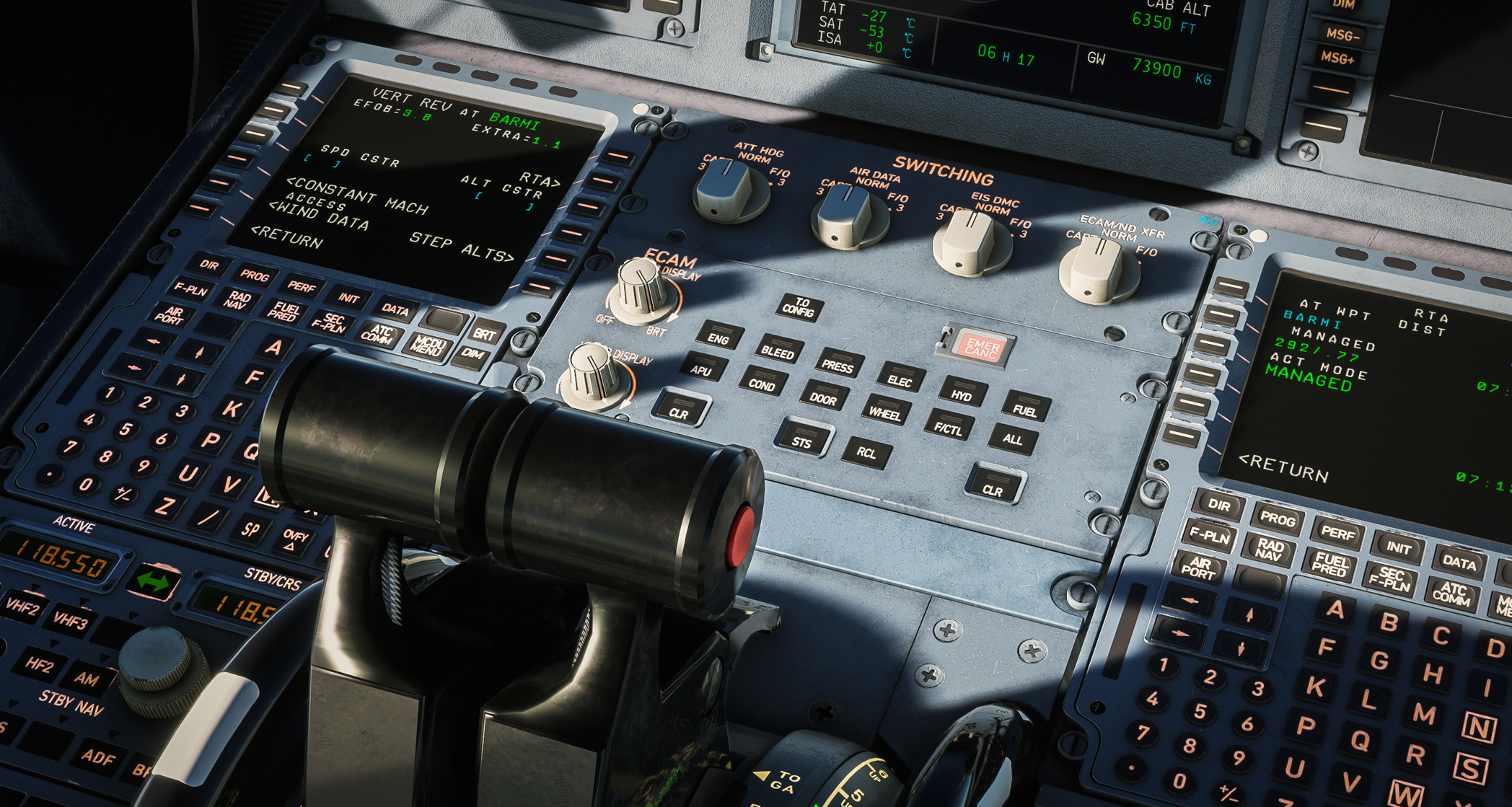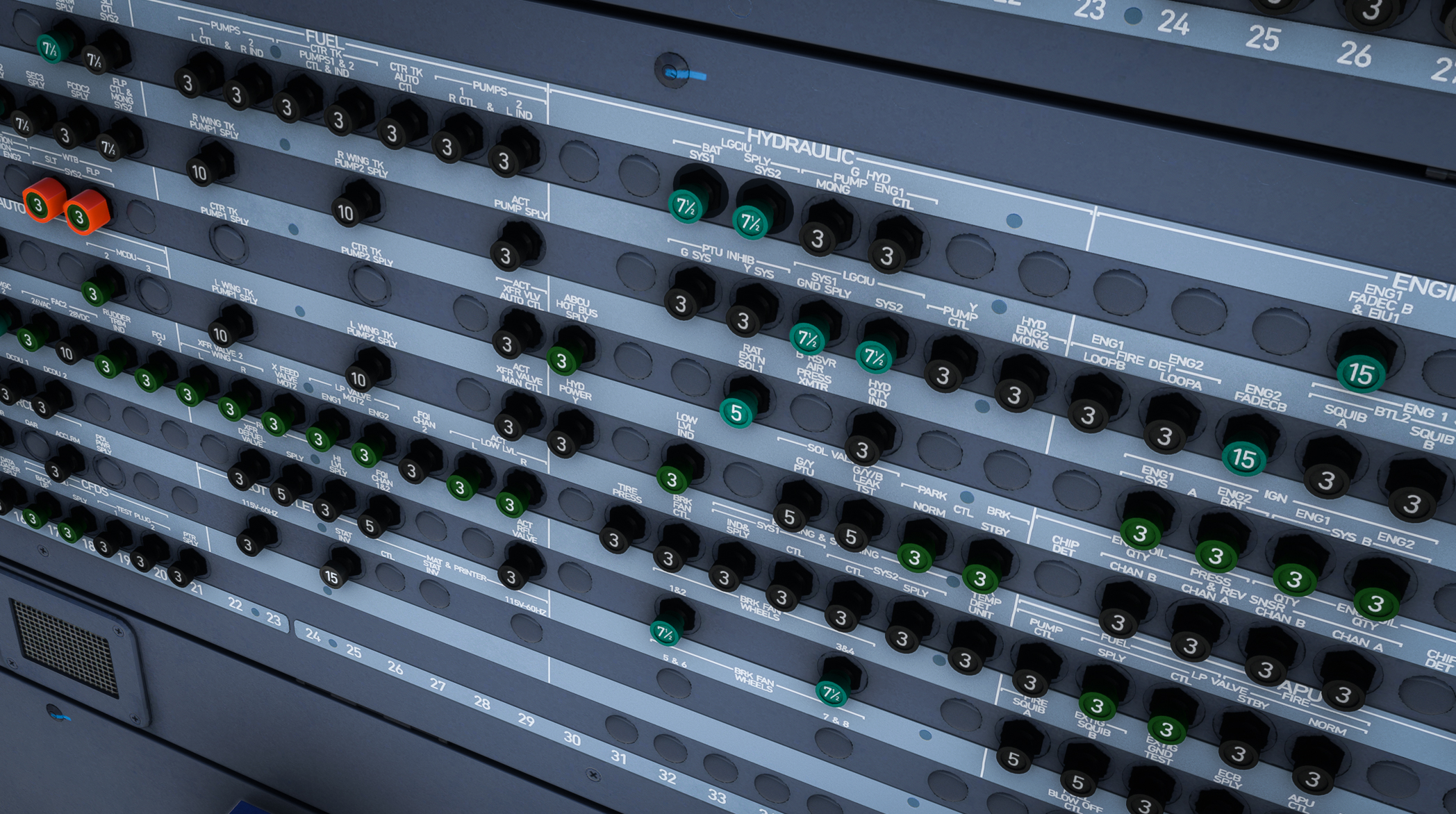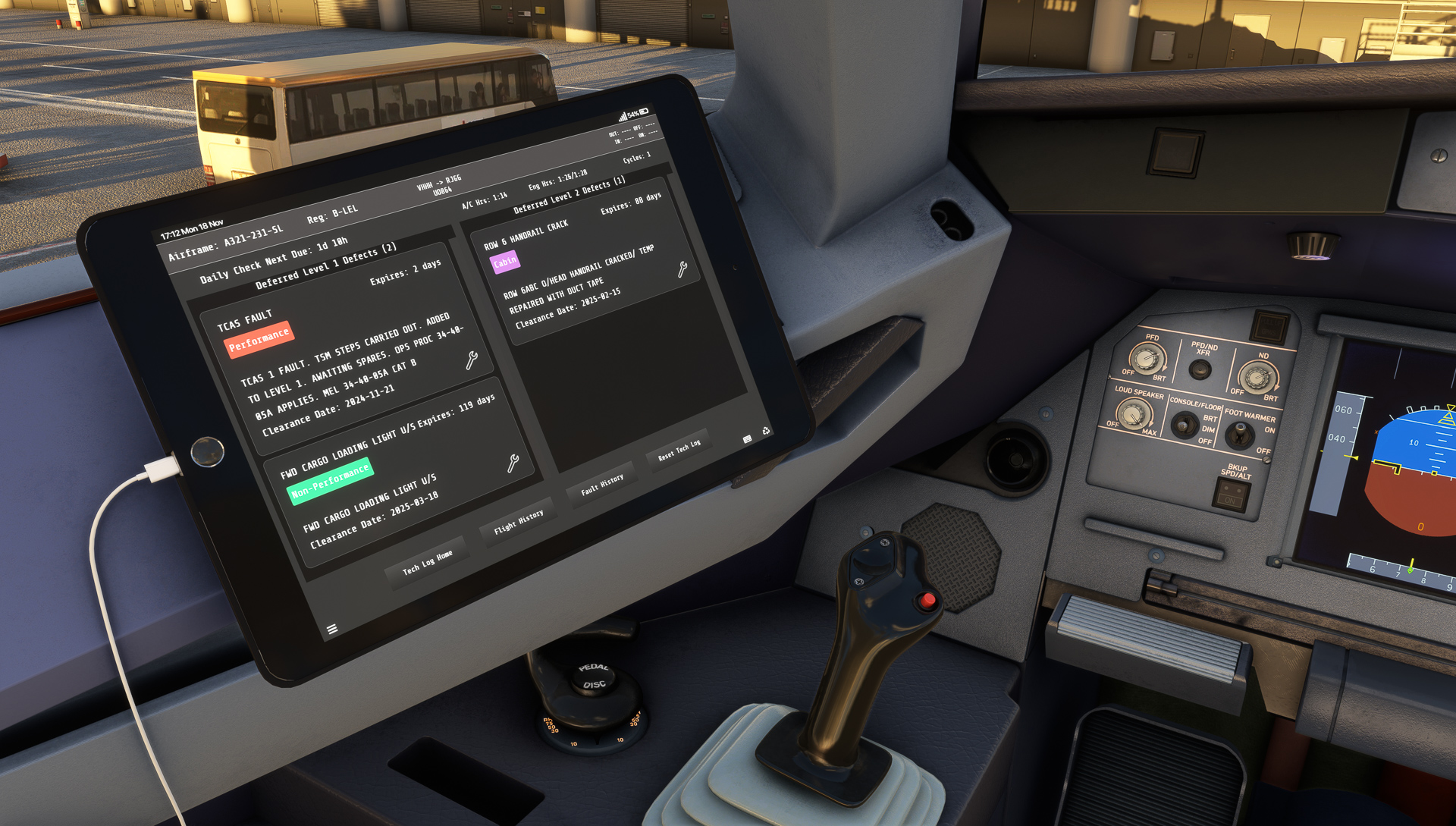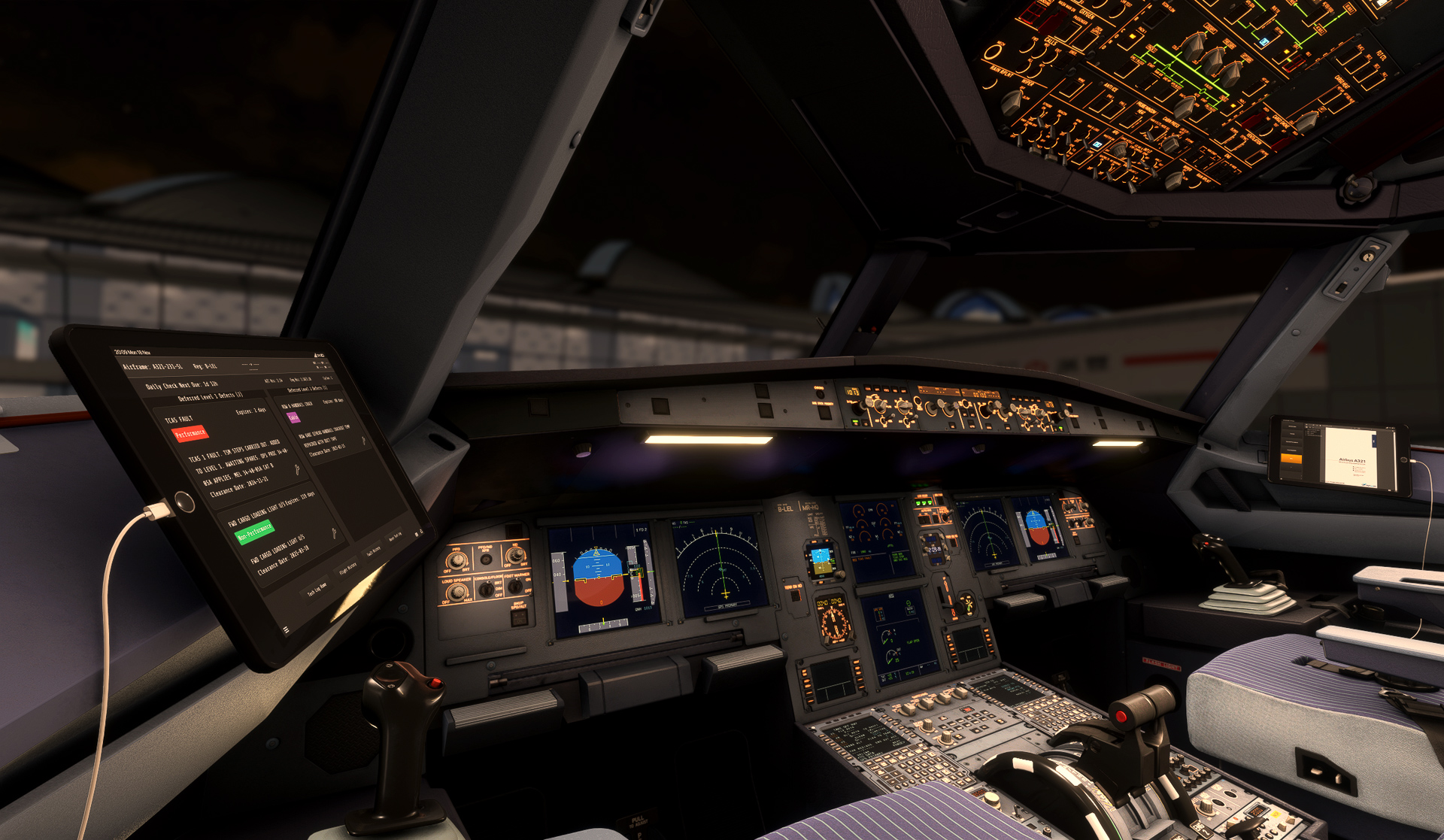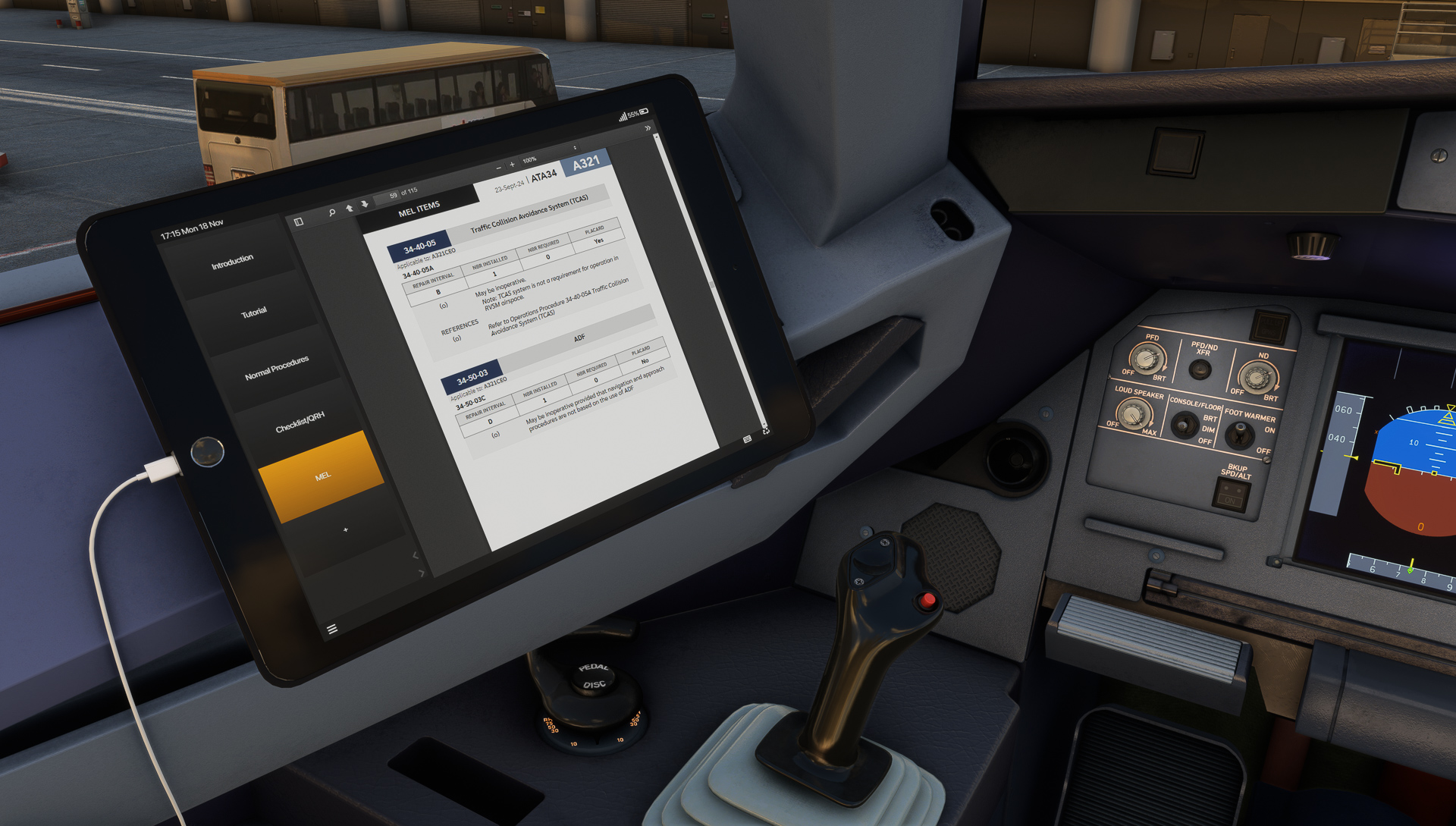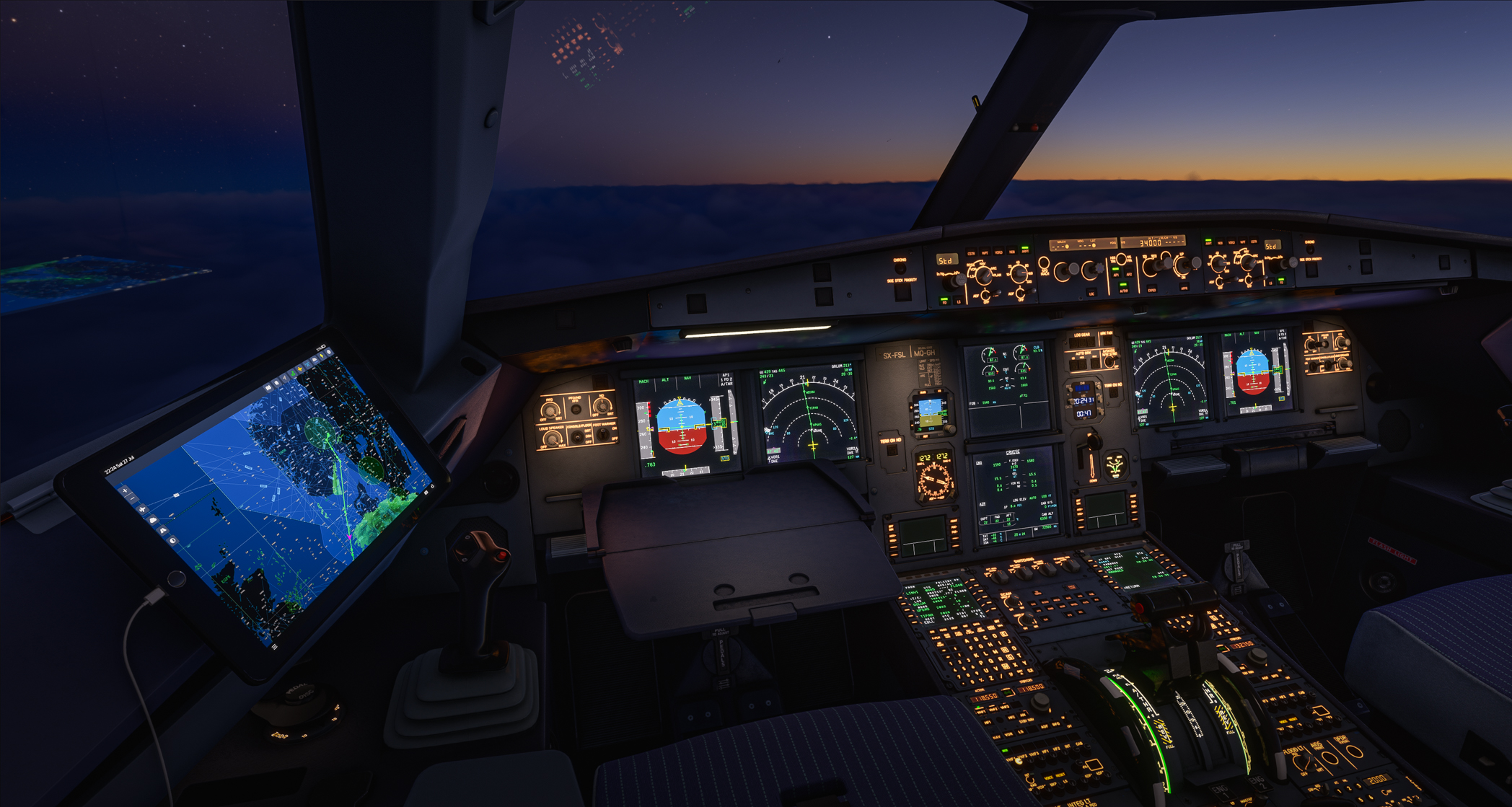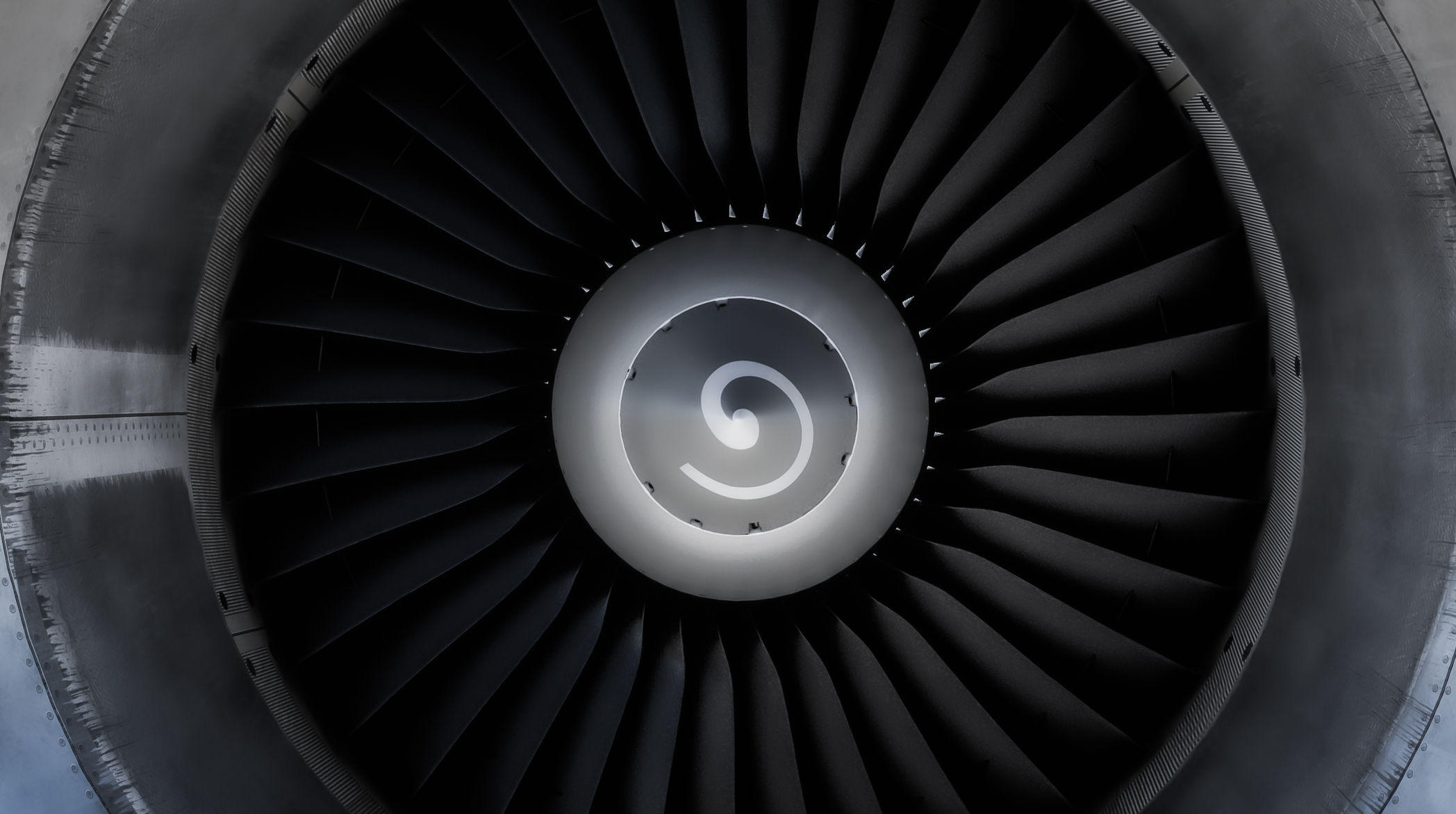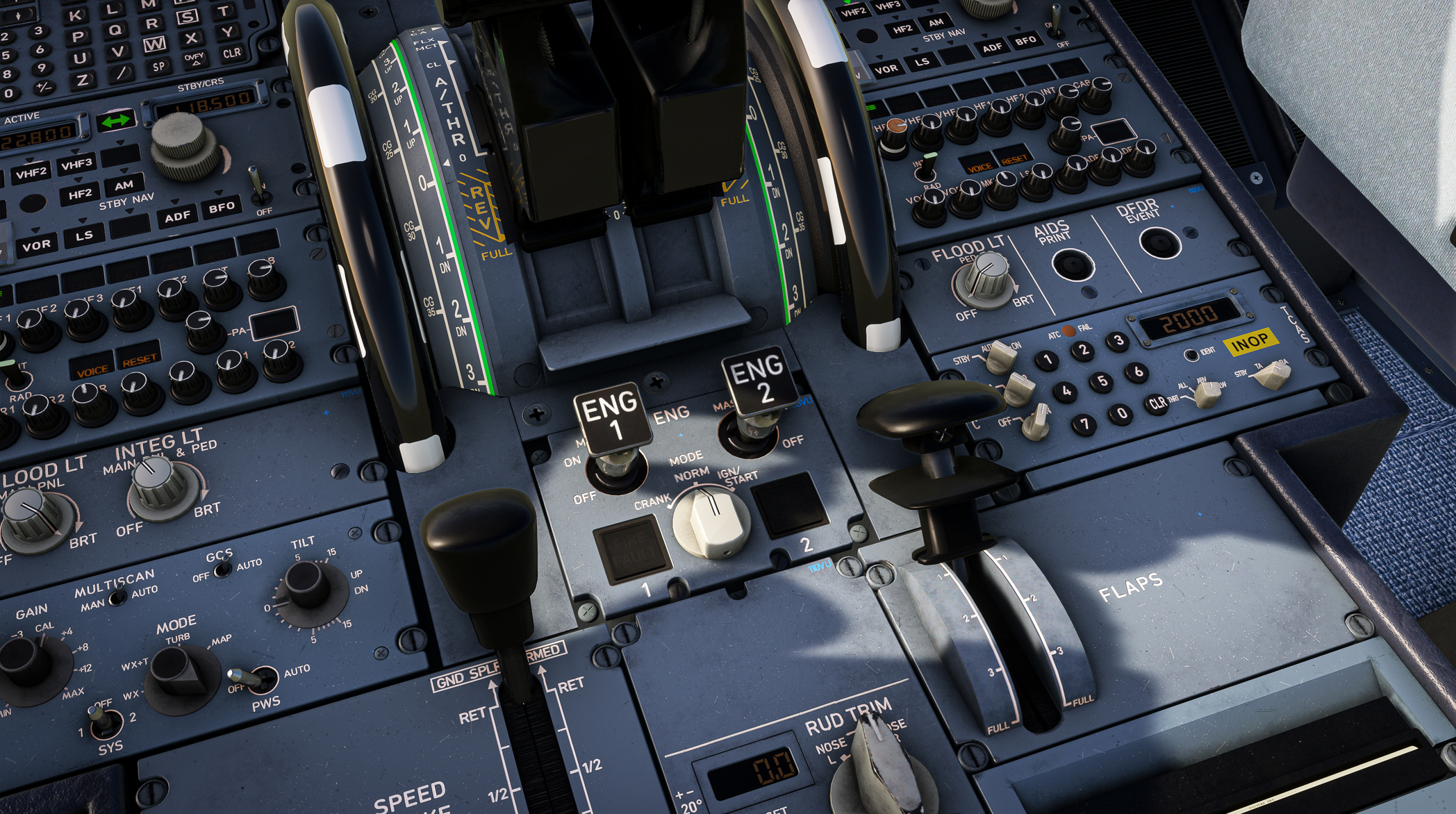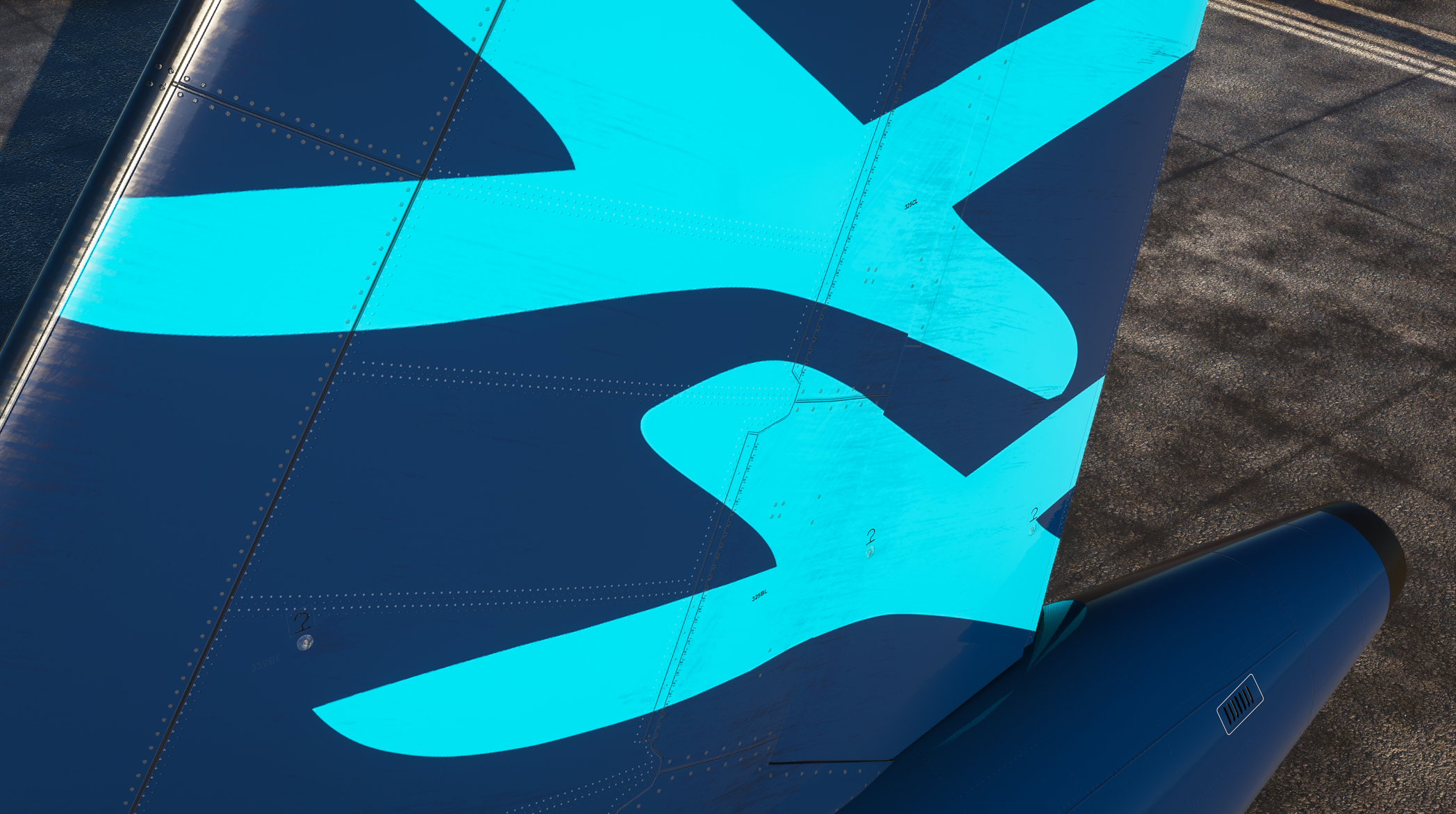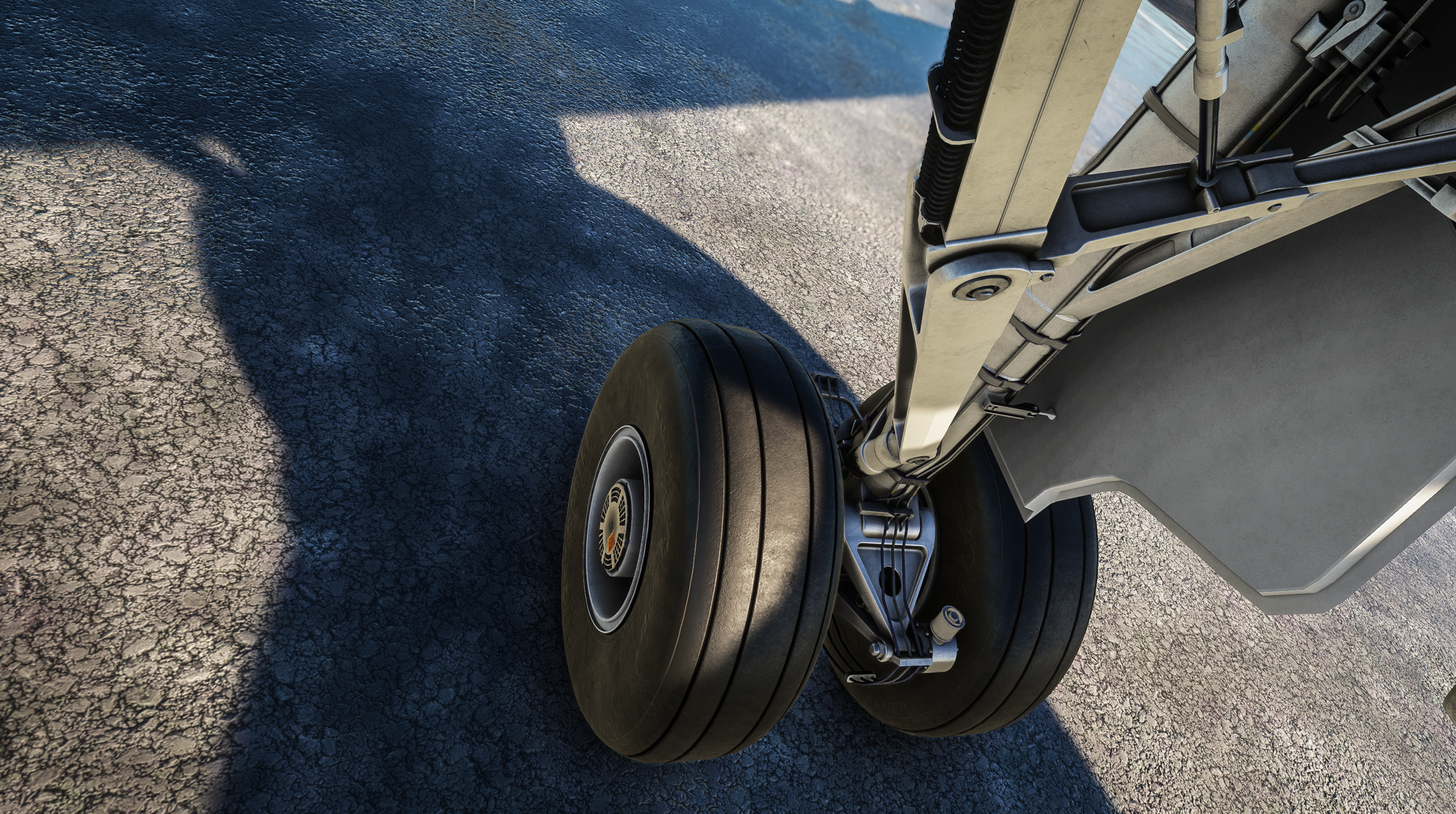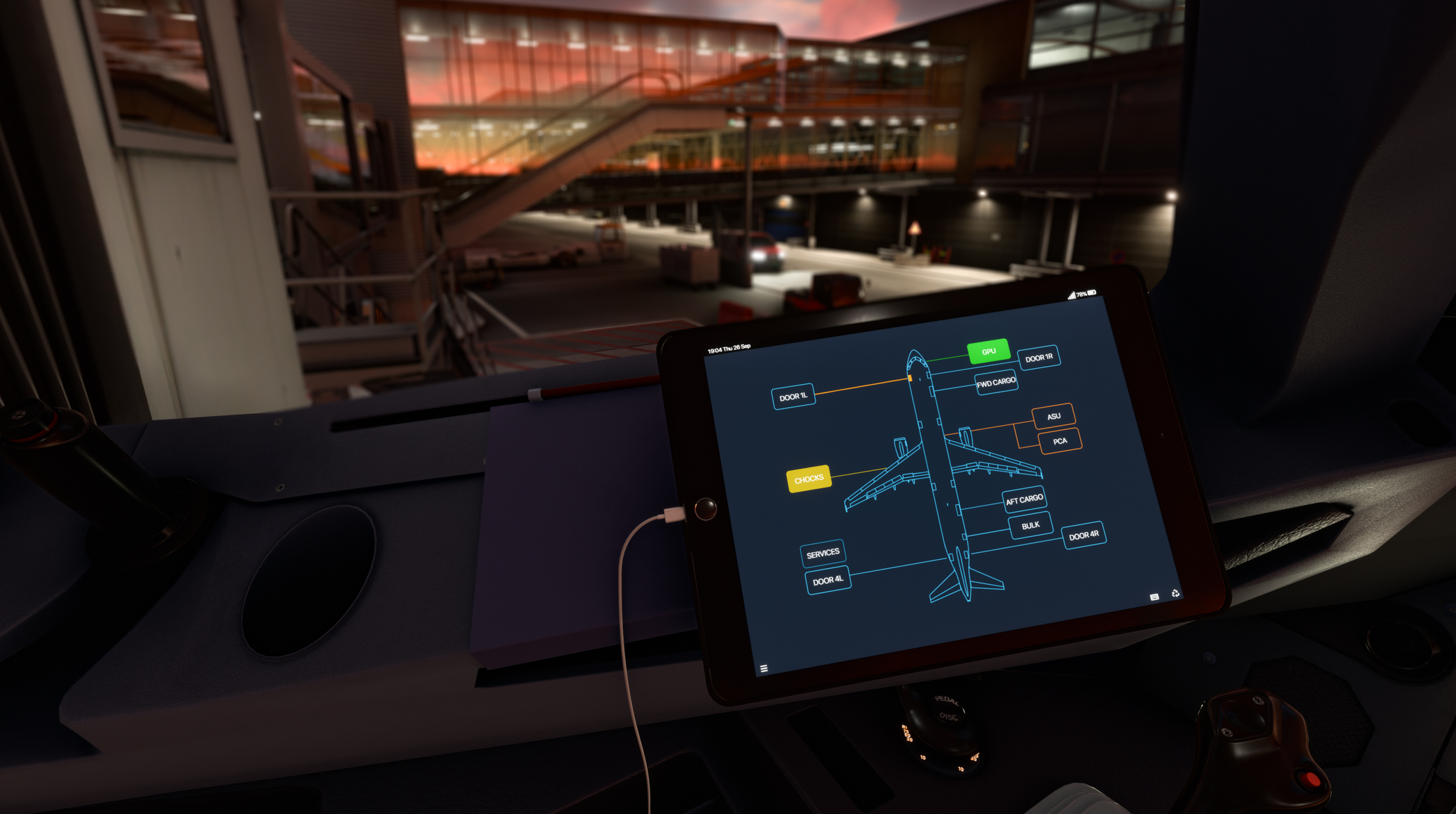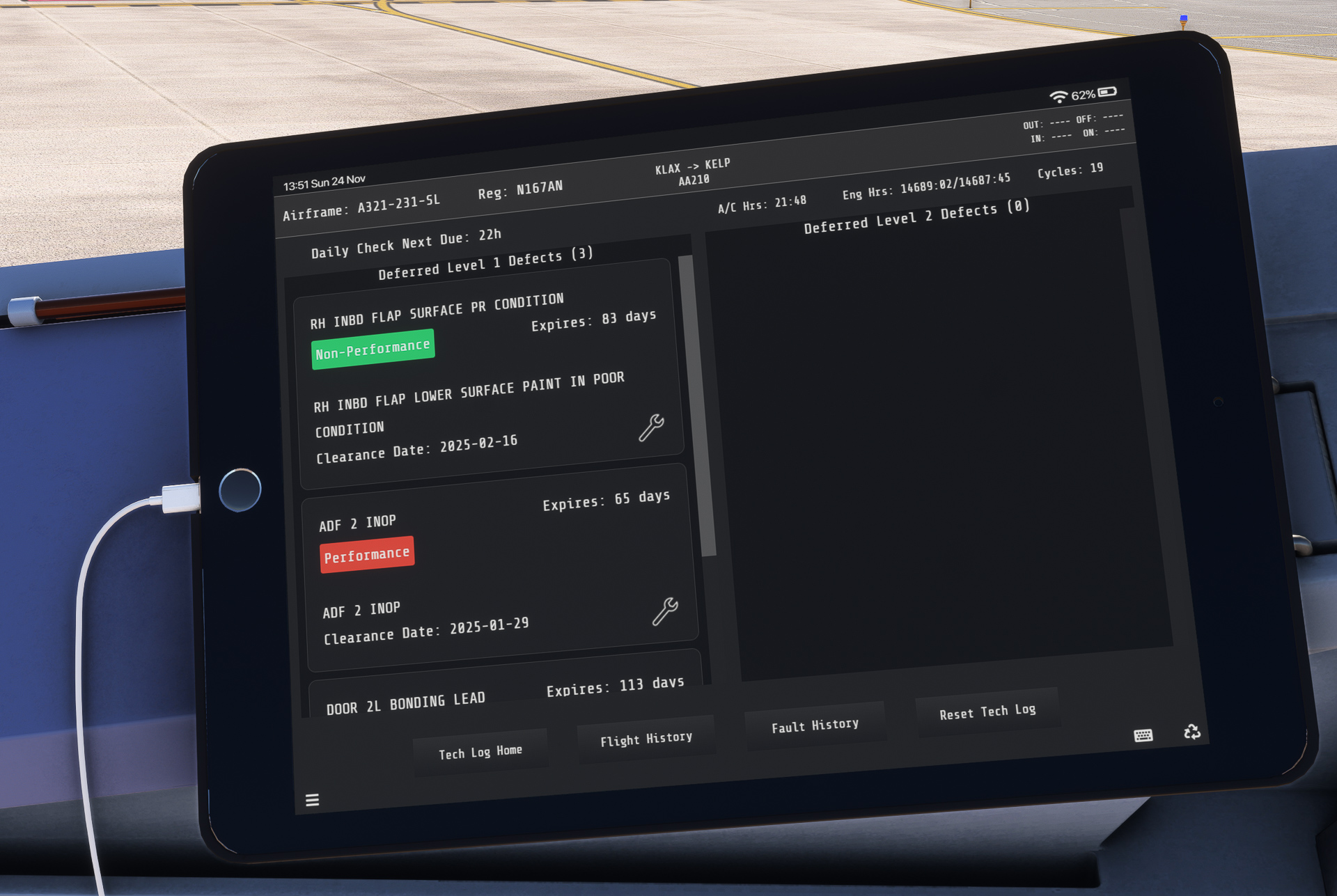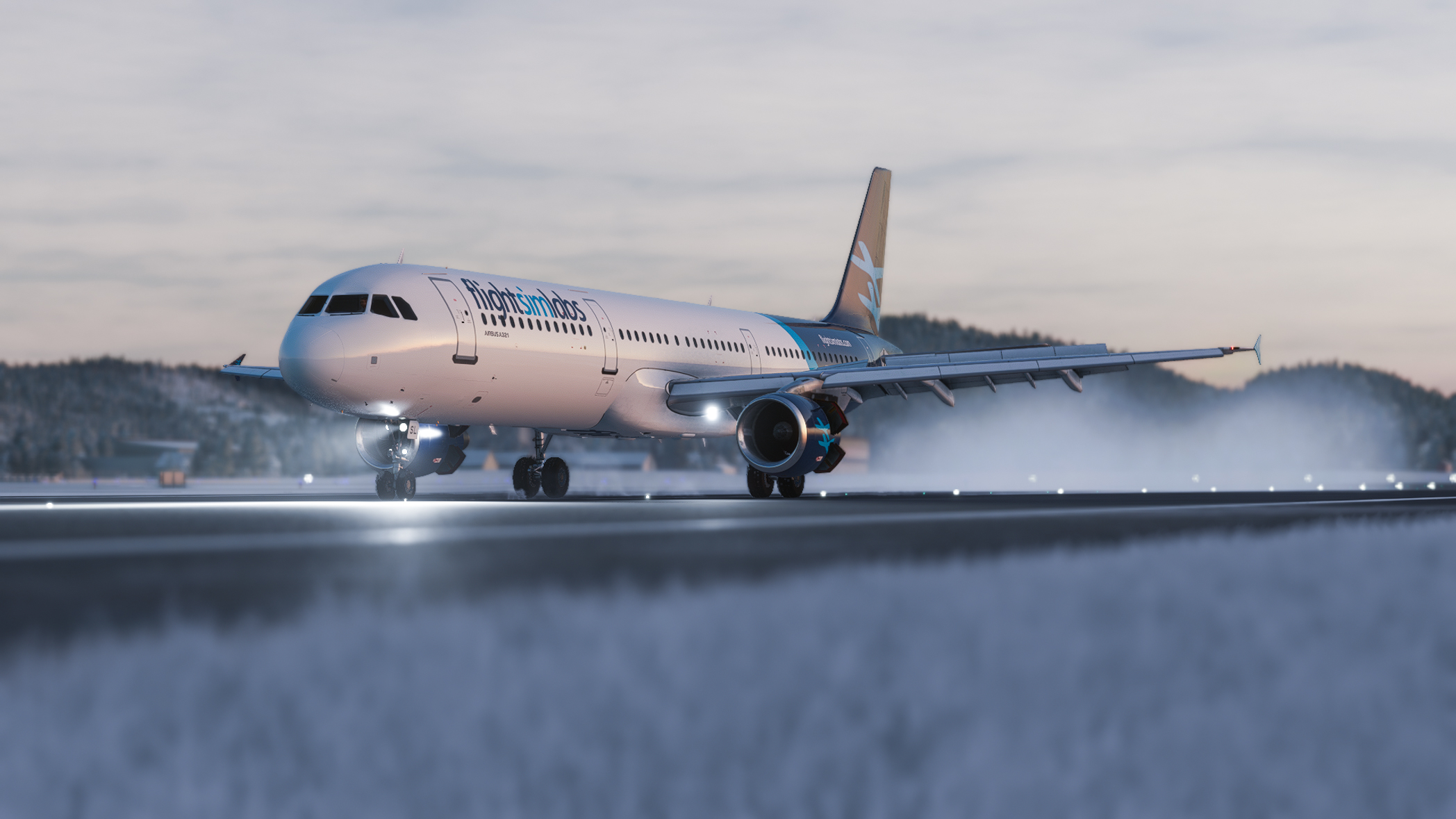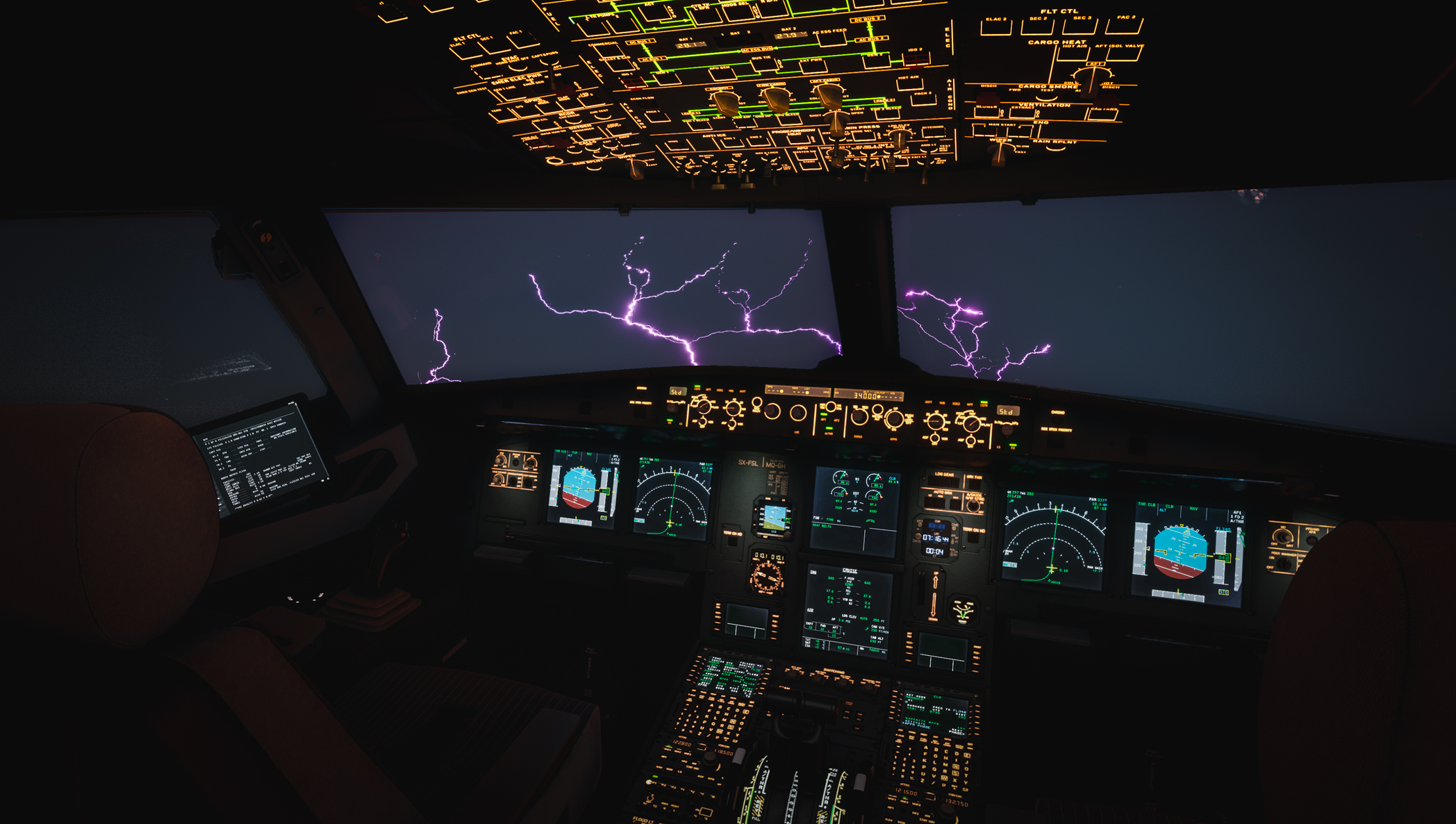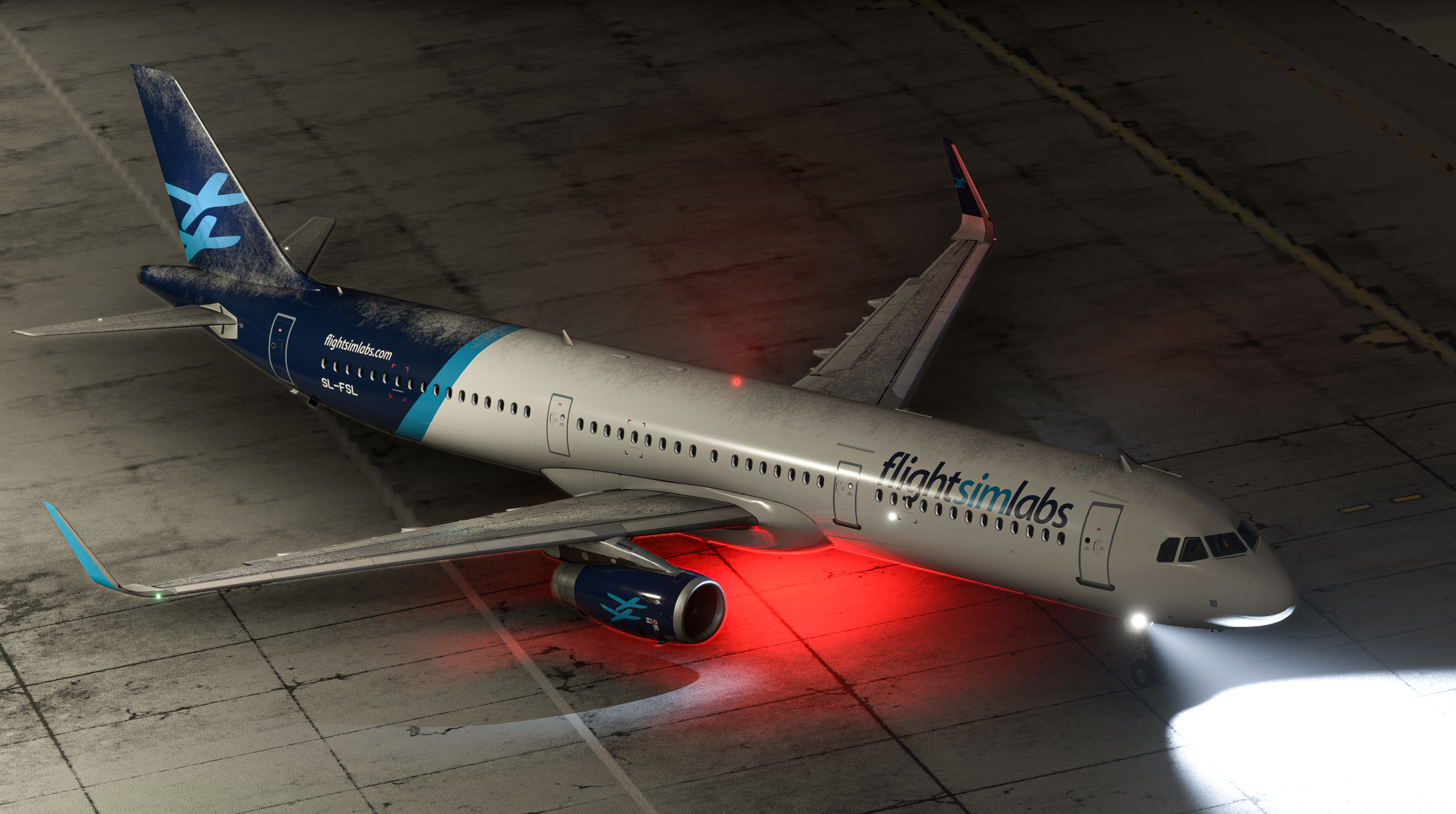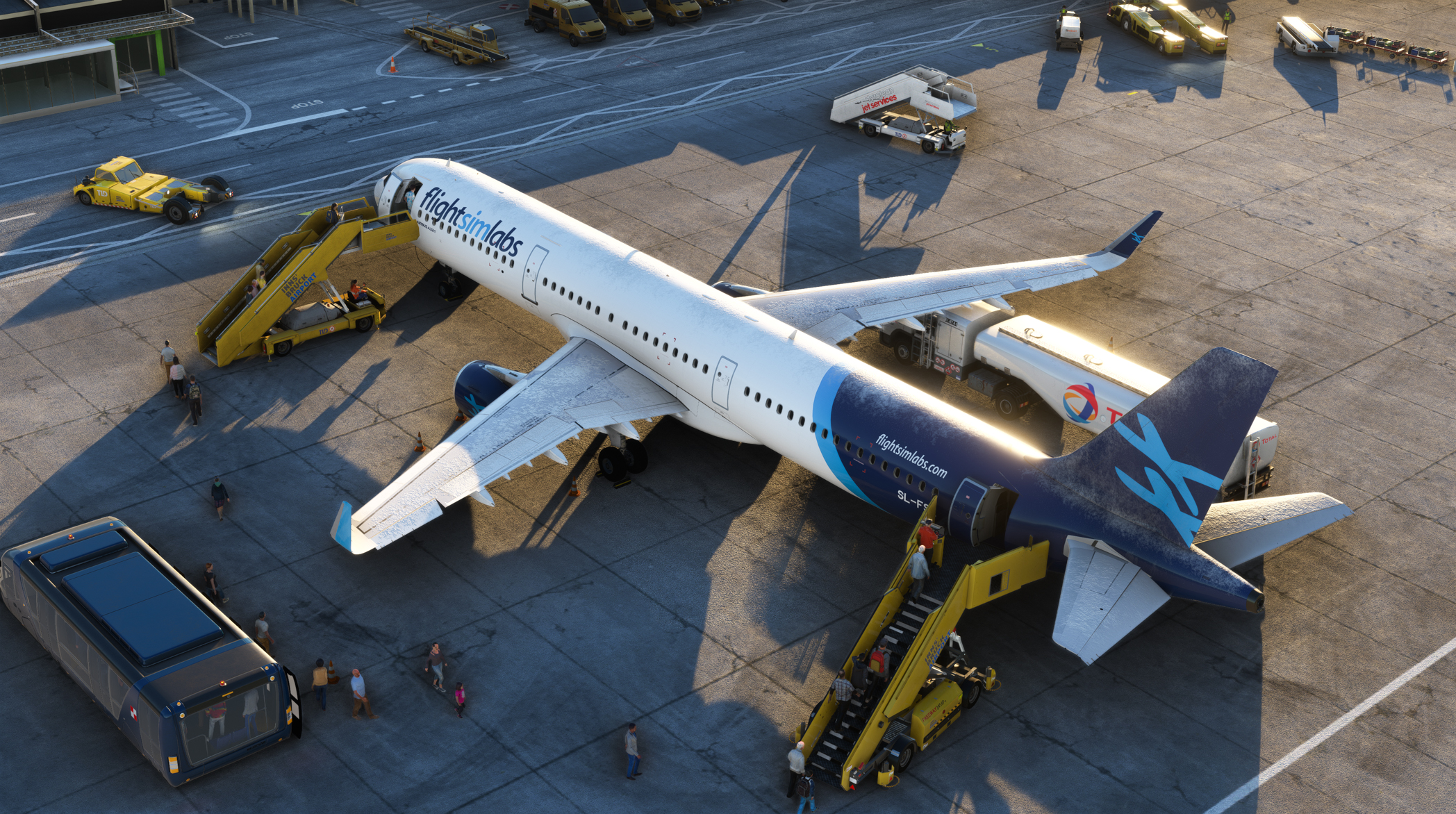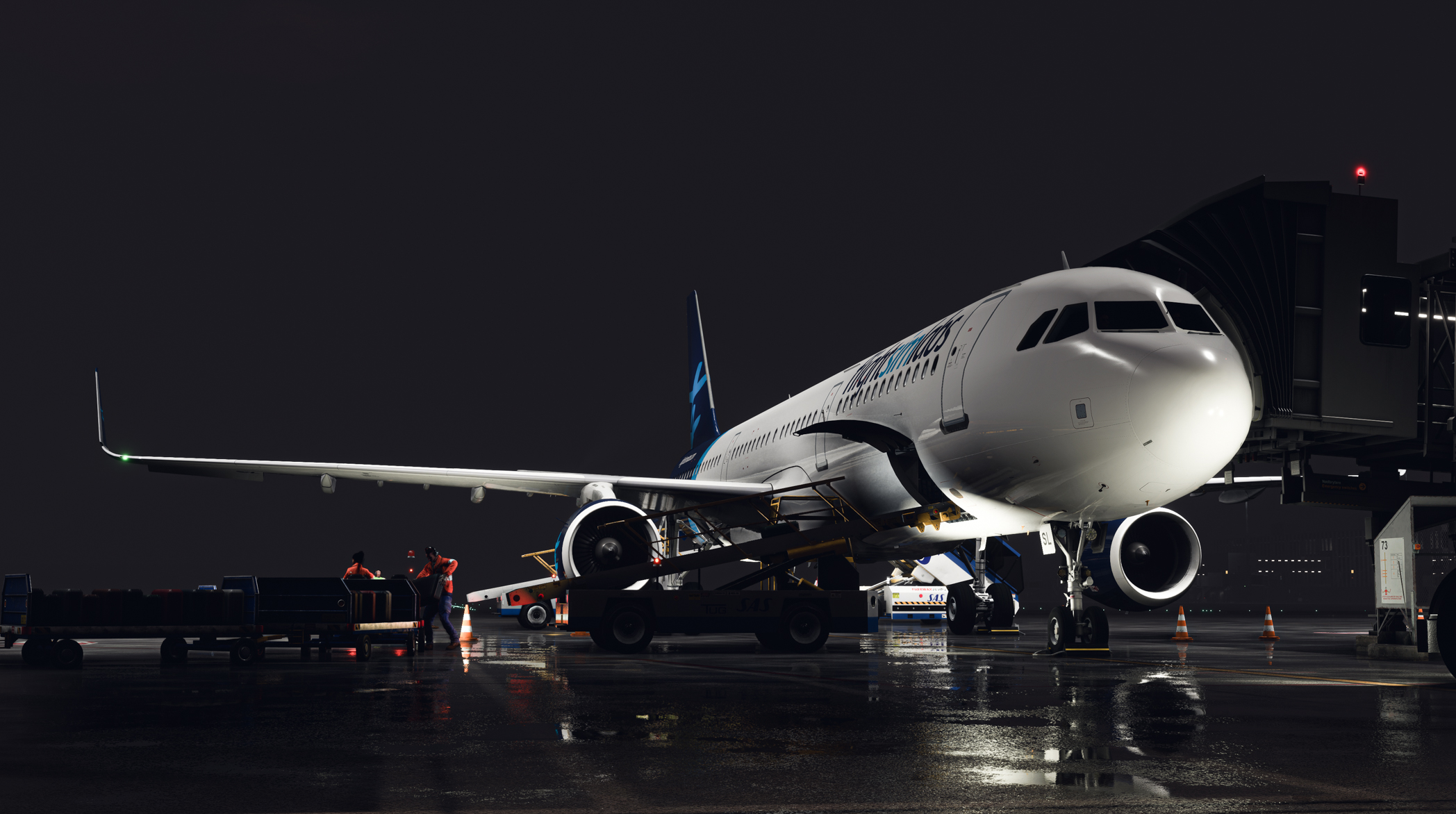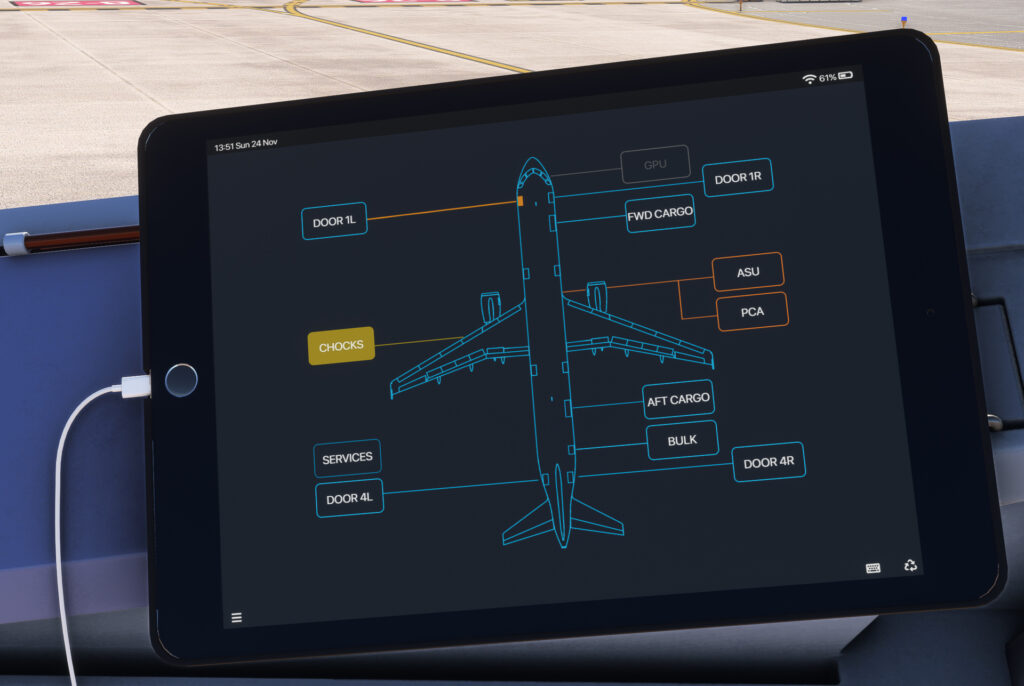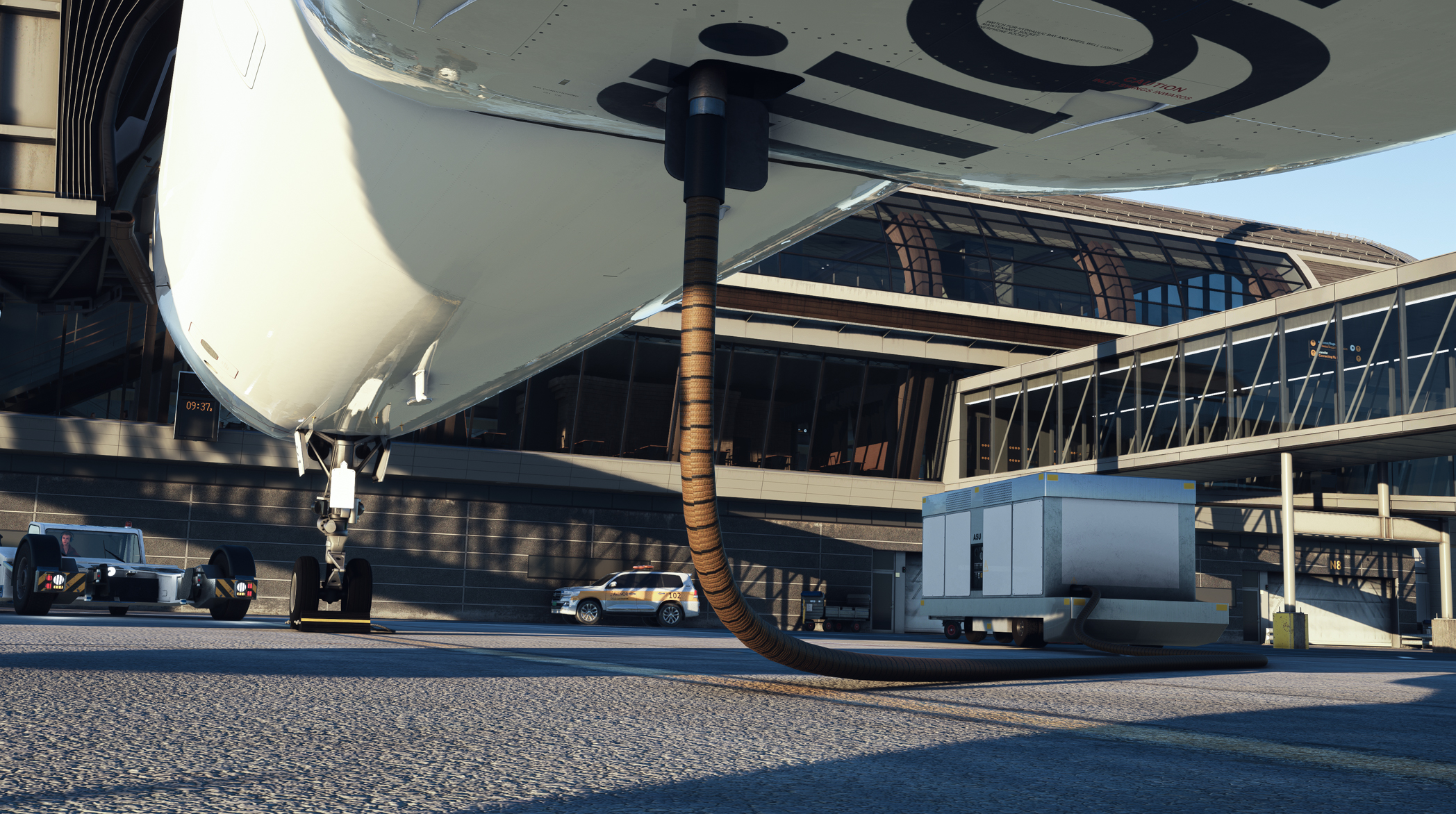FSLabs A321 Update: v11.0.1.302
We are excited to announce the release of v302 for our FlightSimLabs A321ceo product line, now accessible via both the Public and the Experimental channels in the FSLabs Control Center.
This latest update marks a major step forward by introducing initial compatibility with Microsoft Flight Simulator 2024 (MSFS 2024). With this release, both the A321 aircraft and the FSLabs Control Center have been prepared to support the next generation of Microsoft’s flight simulation platform. We’ve worked closely with the latest builds to ensure a seamless transition for our users and have made a number of important changes under the hood to support the new simulator environment while maintaining compatibility with Microsoft Flight Simulator 2020.
Systems Enhancements & Fixes
Alongside MSFS 2024 compatibility and support, this version delivers a comprehensive suite of system-level improvements. These include bug fixes, performance optimizations, and refinements aimed at increasing overall stability, reliability, and operational realism. These enhancements are driven by extensive internal QA and invaluable feedback from our community of pilots and testers.
Cockpit & Engine Sound Upgrades
We’ve made significant improvements to the cockpit and engine soundscape throughout the A321ceo fleet. These updates continue our pursuit of delivering a highly immersive audio environment, enhancing the realism of each flight from startup to shutdown.
Runway Overrun Prevention System (ROPS) – Enhancing Simulation Realism
The Runway Overrun Prevention System (ROPS) is an advanced safety feature developed by Airbus to mitigate the risk of runway excursions during landing. It integrates two core functions: Runway Overrun Warning (ROW) and Runway Overrun Protection (ROP), each designed to assist pilots during critical phases of flight.
Runway Overrun Warning (ROW) – Proactive In-Flight Alerts
ROW becomes active during the final approach phase, specifically below 500 feet radio altitude. It continuously computes the aircraft’s predicted stopping distances on both dry and wet runways, considering real-time factors such as aircraft weight, speed, configuration, wind conditions, and runway slope. If the system determines that the available runway length is insufficient for a safe landing, it issues visual and aural alerts:
- Visual Alerts: The Primary Flight Display (PFD) shows a Red “RUNWAY TOO SHORT” message, or, if the calculated Wet Landing Distance exceeds the the LDA but does not exceed the Dry landing distance, then it will display an amber “IF WET: RUNWAY TOO SHORT” message.
- Aural Alerts: Below 200 feet, a repetitive “RUNWAY TOO SHORT” audio warning is triggered.
These alerts prompt the flight crew to initiate a go-around maneuver, thereby preventing potential overruns.
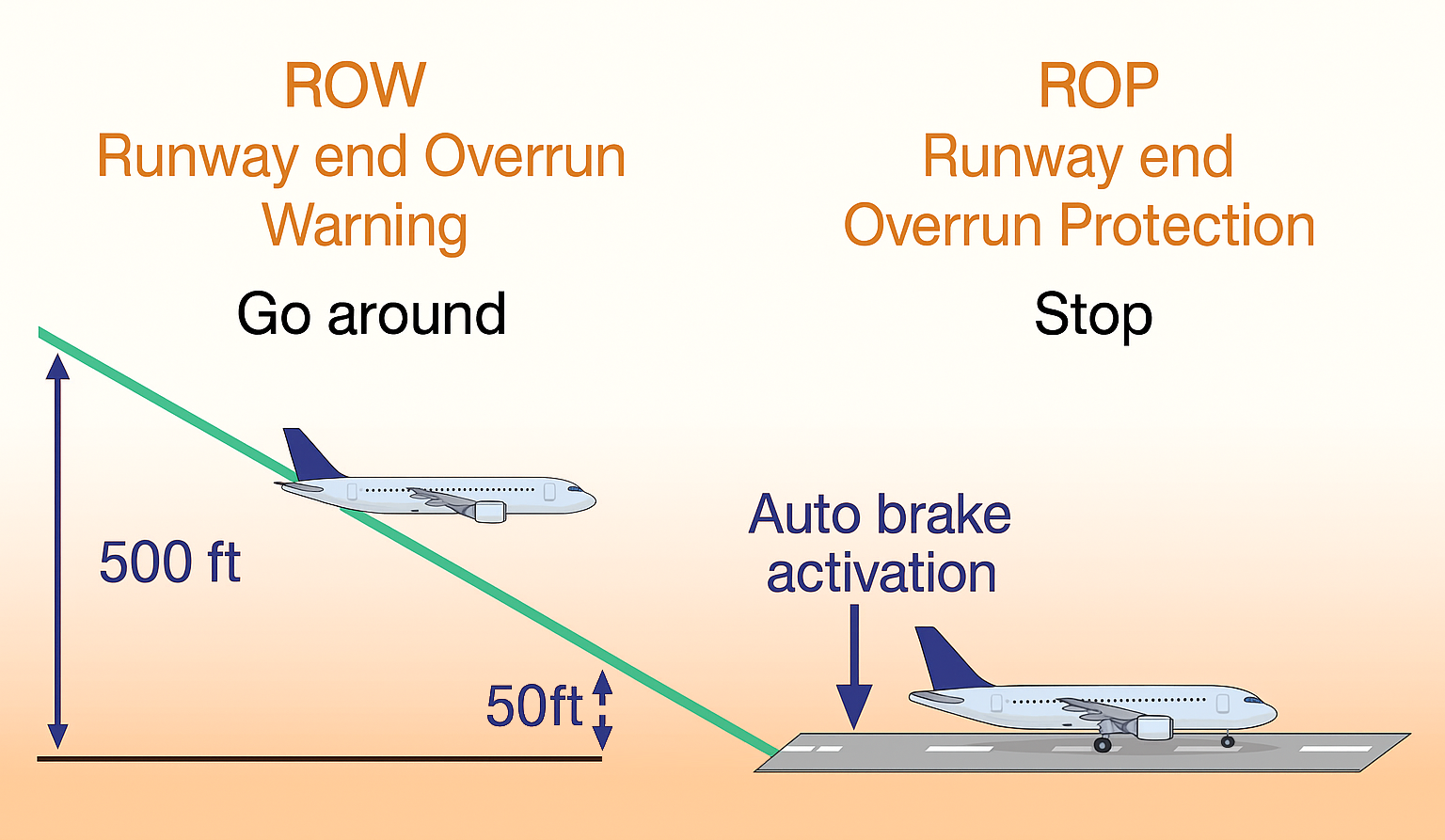
Runway Overrun Protection (ROP) – Active Ground Phase Monitoring
Upon touchdown, ROP takes over, continuously assessing the aircraft’s deceleration capability against the remaining runway length. If it detects that the aircraft may not stop safely before the runway end, ROP provides immediate guidance:
- Visual Alerts: The PFD displays a “MAX BRAKING MAX REVERSE” warning.
- Aural Alerts: The system issues commands such as “BRAKE MAX BRAKING,” “SET MAX REVERSE,” and “KEEP MAX REVERSE” to ensure maximum deceleration efforts are applied.
These prompts assist pilots in making timely decisions to utilize all available deceleration means, including maximum braking and reverse thrust, to bring the aircraft to a safe stop.
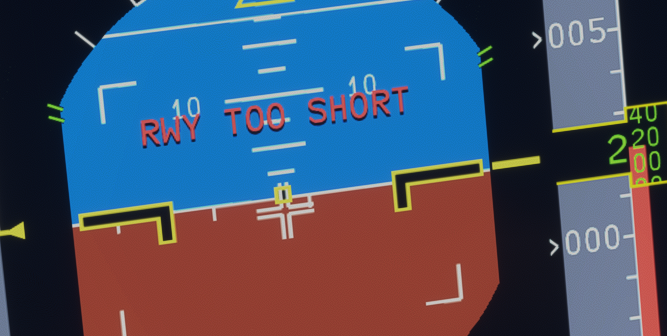
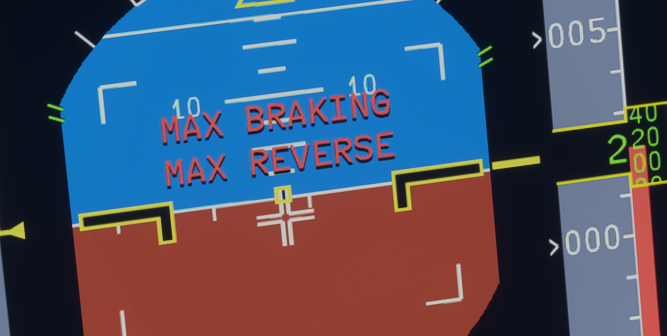
In our A321 simulation, this feature has been faithfully recreated to replicate Airbus logic, providing a realistic and immersive experience for pilots. The system continuously monitors inputs such as aircraft weight, groundspeed, thrust reverser status, brakes, and calcuates Landing distances based on the real time enviromental data. If the crew has previously been issued with an “IF WET: RWY TOO SHORT” message, ROPS will assumed that the runway is Dry and calulate based on that. If not, then the System will assume that the runway is Wet, thus protecting the aircraft in the worse case scenario. When certain thresholds are exceeded, it activates the “MAX BRAKING MAX REVERSE” alert on the PFD, supported by an FWC aural alert. Pilots must then quickly assess the situation and apply maximum braking and reverse thrust as appropriate – or initiate a go-around if still airborne.
Flight Performance Model
In parallel with the development of advanced safety systems like ROPS, we’ve dedicated significant effort to refining the A321’s flight performance model – particularly in how the aircraft responds in roll. By closely analyzing the roll momentum and inertia characteristics of the real aircraft, and incorporating extensive feedback from current Airbus-rated pilots, we have fine-tuned the control laws within the ELAC (Elevator and Aileron Computer). This has involved reworking gain schedules and dynamic response parameters to more accurately replicate the A321’s roll behavior across different flight phases and load conditions. As a result, the simulated roll response now feels markedly more authentic, delivering a more immersive and true-to-life flying experience, especially during manual flight and low-speed handling.
Livery-Specific EFB Backgrounds
Version 300 also brings a new customization feature to the cockpit: livery-specific Electronic Flight Bag (EFB) backgrounds. Designers and operators can now include personalized or airline-branded backgrounds by adding them to each livery’s Texture folder. This allows for a more authentic and immersive cockpit experience tailored to individual liveries.
Change log for v302:
Simulator Platform
- MSFS2024 Compatibility (Requires Sim Update 2 or later)
- Throttle Reverse Hold/Toggle Events Added
- Per Livery EFB Backgrounds are now possible
Air Con
- Updated Lane and Channel Control Logic
- Updated Maintenance Message
APU
- Fixed ECB Logic
- Fixed Fire Loop Logic
- Fixed Fire Test Logic
ATSU/AOC
- GSX NWS Memo Fixed
- Stations online fix
- Wind Uplink Improvements
CPC
- Landing Elevation Fixed when not set via Destination
- Landing Elevation Fixed with CPC 1+2 Fault
Effects
- Changed Cloud/Rain Lighting Effects
EFIS/FCU
- QNH set back to Simconnect for ACARS/Flight Tracker Support
Engines
- EMVU Intermittent fault fixed
- FADEC Powered states corrected
- Fixed Fire Test Logic
FAC
- Reactive Windshear Faults Added
Flaps
- SFCC 1+2 Slat Position Fix
- SFCC Maintenance Message Corrected
FMGC
- Radial Fix Format corrections
- Radial Fix Range limited to 256nm
- Status Page format updated
Flight Guidance/ELAC/FM
- AOA Calculations Refined
- FCTL Maintenance Message Corrected
- Roll Model Updated
- Updated to AP Pitch and Roll Response
- Updates to Direct Law
- Updates to FD Guidance
LGCIU/BSCU
- Brake Fans turn off when airborne
- BSCU 2 SYS Fault Logic Corrected
- Fault logic fixed
MMR/ACP
- ACP Voice Filter now stops Morse from playing
- Fixed Boot Issues with GPS Initialisation time
ROPS
- ROP/ROW Added to A321ceo
Sounds
- Various Updates, including ambient wind, takeoff and landing
Techlog
- Fixed Repair function not replacing wheel brake units
XPDR
- Fixed Transponder 1/2 Control Logic
Others
- Default pushback now removes GPU/Chocks
- Electrical Network Stability
A Thank You to Our Community
This update highlights our ongoing commitment to providing a detailed and immersive Airbus simulation experience in Microsoft Flight Simulator. Community feedback continues to play a key role in helping us refine and improve our product, and we’re pleased to deliver an update that enhances the experience for all users.
